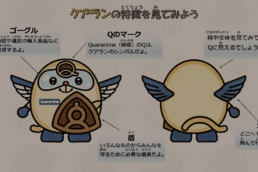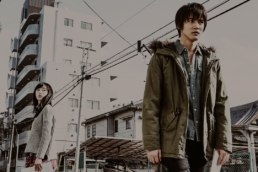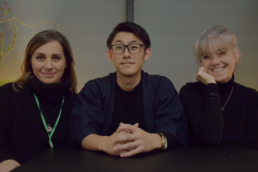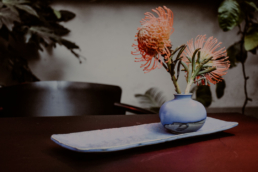Travel guide: Tokyo - Episode 05 - Rent in Tokyo
Cheapest Apartment rent in Tokyo
written by: Sara | translation: Erika | source: Soranews24
We continue with our practical guides about Tokyo with a focus on the cheapest apartments ret that can be found in the city.
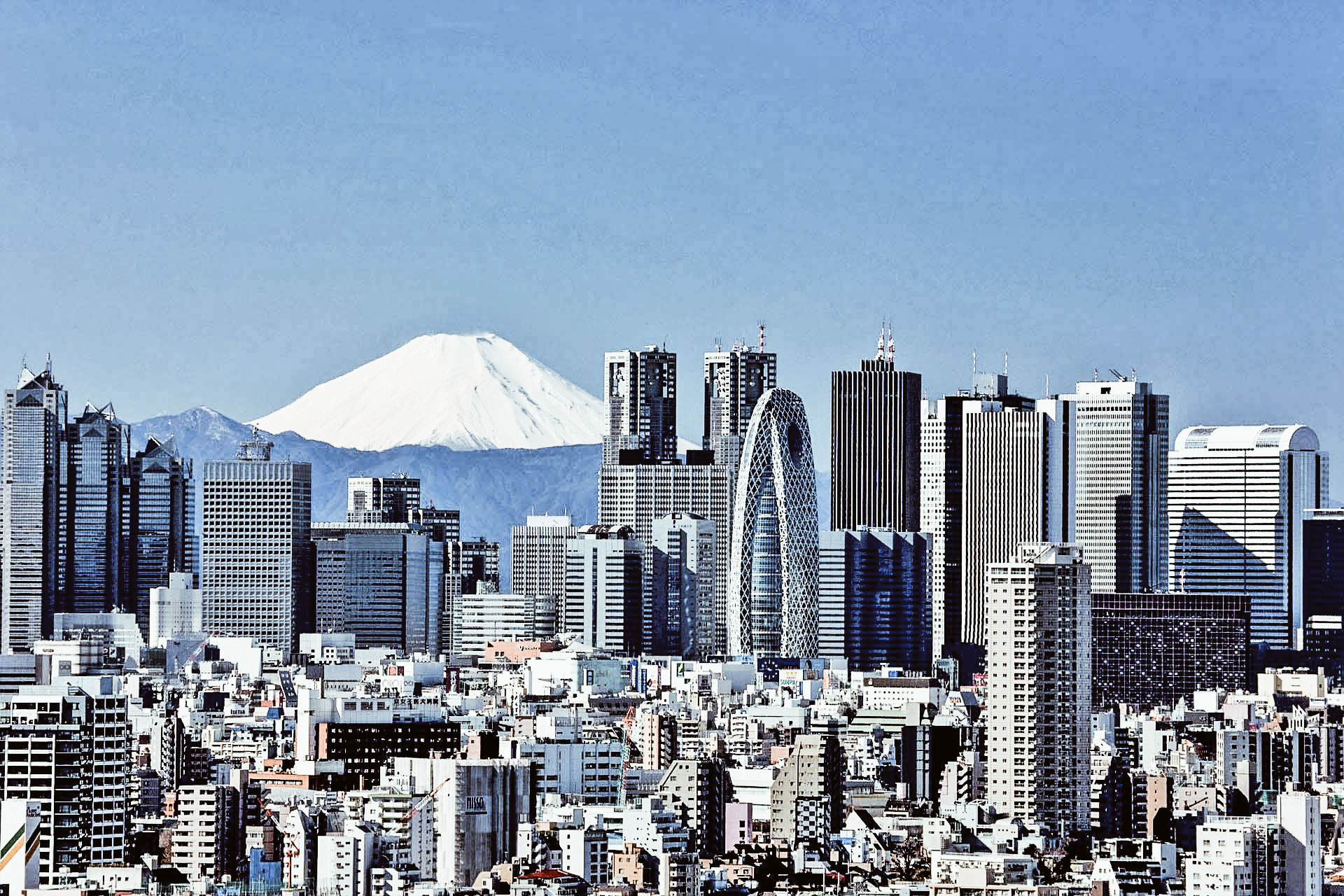
photo credits: tgcom24
How many times did we think “What if I went abroad to look for new opportunities?” and at the same time the fear of the prohibitive prices of the apartments kept us from realizing this intention?
Today pursuing this dream is possible! If you are thinking of Tokyo as a destination, you should know that there is nothing prohibitive. Small apartments at affordable monthly prices will allow you to start a new life in this wonderful megalopolis.

photo credits: facebook.com/suumo.jp
The Japanese real estate agency Suumo has published the result of a study demonstrating the convenience of rental rates of the great cities of the Rising Sun. Of course, the apartments taken into consideration are one-bedroom apartments between 10 and 40 square meters and are not located in the city center. In fact, as we know, in this area we find offices, commercial activities together with the most luxurious multi-story residences. However, thanks to the proximity to the stations or subways that allow you to move easily and reach any destination, also the external areas become important options to consider!
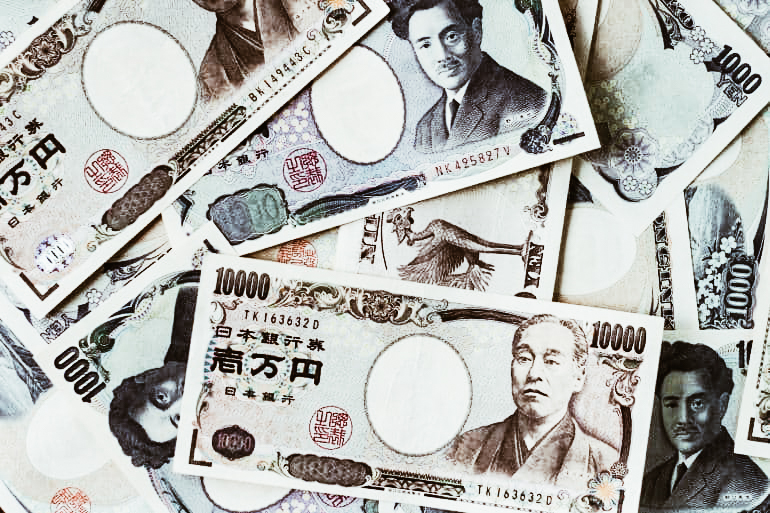
photo credits: Japanexperterna.se
The most convenient residential areas in Tokyo
The result of Suumo’s research was the following:
59,000 yen per month near Kasai Rinkai Koen Station (JR Keiyo Line). Akihabara, Tsukiji, Ginza or Roppongi can be reached in just 14 minutes by train from Tokyo station and with a one-way transfer to the Hibiya subway line.
60,000 yen per month near Kanamachi Station (JR Joban Line), from which you can reach Ueno and Keisei Kanamachi (Keisei Kanamachi Line).
62,000 yen per month near Kita Ayase Station (Tokyo Metro Chiyoda Line), which leads to Harajuku and Shinozaki Station (Toei Subway Shinjuku Line), which, as the name suggests, catapults us directly to Shinjuku.
63,000 yen per month near Funabori Station (Toei Subway Shinjuku Line), Horikiri Shobuen Station (Keisei Main Line), Ichinoe Station (Toei Subway Shinjuku Line), Keisei Tateishi Station (Keisei Oshiage Line), Shibamata Station (Keisei Kanamachi Line) and Takenotsuka Station (Tobu Isesaki Line / Tobu Skytree Line).

photo credits: hansjohnson
Don’t you feel heartened? That feeling of being able to say, “then can I make my dream come true if I want?”. There is really nothing unattainable if we can seize the right opportunity.
Quaran, the official quarantine mascot of Japan
Quaran, the official quarantine mascot of Japan
written by: SaiKaiAngel | Source: TimeOut Tokyo
Meet Quaran, the official Japanese quarantine mascot! That's right, once again Japan has decided to give us an important message while maintaining a smile.
The whole world is going through a very difficult time, fighting against the Covid-19 pandemic. Right now, wherever companies, museums, schools, and even entire cities are closing, pushing people to take action with smart-working. All this will last until the end of this emergency.

And here comes Quaran, a mascot created by the Japanese Ministry of Health to make people understand the importance of staying at home and also remembering the safety distances. It is described as a small fairy with a Q on the forehead, a shield, and protective glasses. Take a look also at his back: with the Q shaped tail, the Q of Quaran, the Q of Quarantine. The description, as we said, speaks of a small fairy that reminds us how to avoid the virus by respecting the distances and avoid gatherings. However, when we meet it, we discover it's actually a life-size mascot! Where can this puppet be found most? At airports in Japan, but it is said to travel around the world to prevent illegal attitudes that could spread the Covid-19 virus, even more, protect us with its shield and common sense.
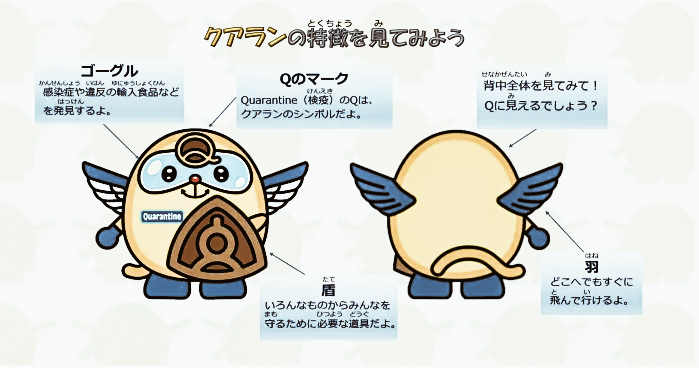
Quaran was also created to promote the work of the Quarantine Information Office, under the control of the Ministry of Health.
Not just this! Quaran even has it's own website, it deserves one very careful look. Stay safe, world! Quaran will help us live everything with responsibility, common sense, prevention, but always with a smile. A smile, we must never lose during this fight.
Source: TimeOut Tokyo | Photo credits: forth.go.jp
Japan Italy Bridge interviews: Shito Hisayo, AAPPARÉ designer
Japan Italy Bridge interviews: Shito Hisayo, AAPPARÉ designer
Written by: Erika Swan, Yoshi | Translated by: Yoshi
Our special feature series, "Japan Italy Bridge Interviews" is back with an interview with designer Shito Hisayo who will be talking about the concept behind her brand AAPPARÉ!
To start, what is AAPPARÉ?
Answering that, AAPPARÉ is a brand line that was designed and conceived from the notion, “I want to bring the national dress of Japan, Kimono, into global fashion.”
Introduced as “Japan Kimono”, this new fashion can be casually worn as it utilises the elegance and formative beauty embodied in Kimono to pair clothes, which look like Western wear that retained the silhouette of a traditional Kimono’s neckline and sleeves, with sash belts, straw sandals, and boots.
The fabric used is woven in Shizuoka Prefecture’s Hamamatsu City and sewn in Japan, and even the knitwear uses materials produced in Niigata Prefecture’s Mitsuke City, making sure that the garments are truly and genuinely made in Japan.
In addition, “Hyottoko” and “Okame”, the symbols of “a good man and woman of traditional Japan”, are attached on the garments as brand logos.
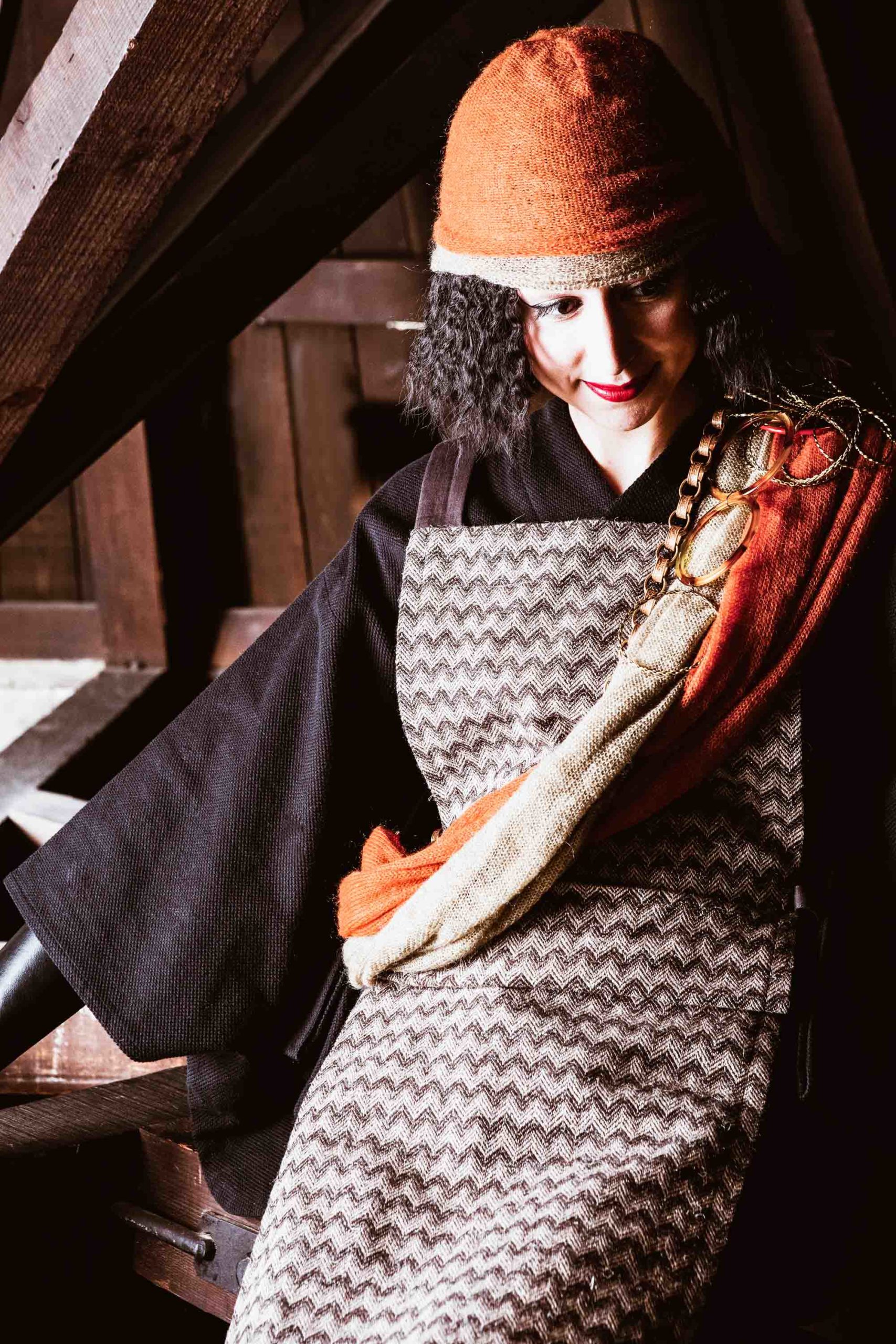
―― Firstly, please introduce yourself.
I am Shito Hisayo and I am a designer. I own 8 brands where I sell, make, and create head-to-toe outfits of western wear, kimono, and accessories that I design.
―― What led you to start this business?
It was my love for fashion. Especially when it comes to kimono.
―― What do you pay particular attention to in running this business?
That there is “only one” (of each item).
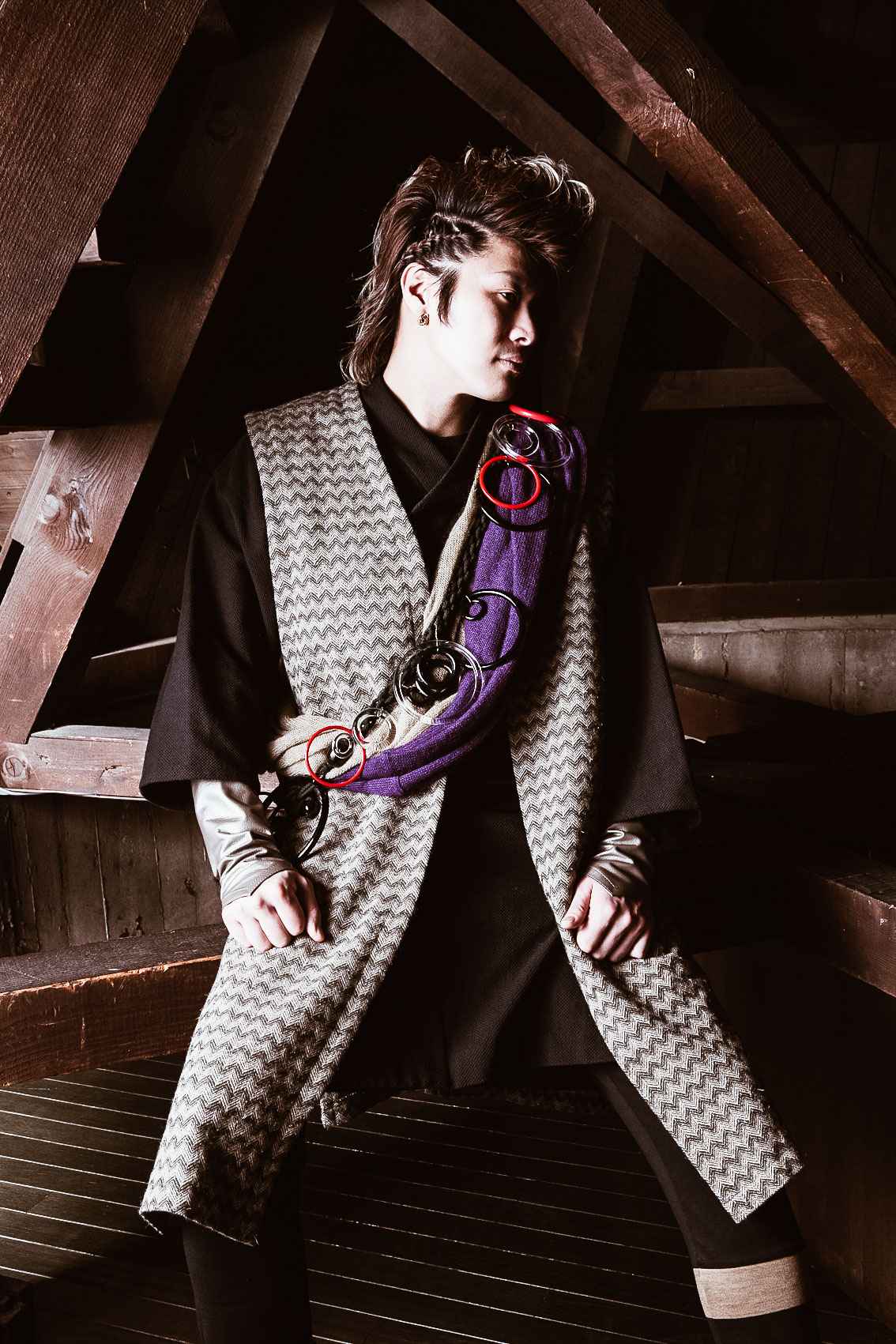

―― What does it mean for you as a woman to run the business in Japan?
In the male-dominated kimono industry, I believe that I can bring something new into it because I design with the perspective, ideas, and sensitivities of a woman.
―― How do you think the global market perceives AAPPARÉ?
(I believe that AAPPARÉ) is being seen as an evolution of kimono. It is modern and easy to wear; it is fashion that can be as easily appreciated as western wear.
―― Do you think that growing a global presence is difficult?
I don’t think that it is difficult. I believe that AAPPARÉ matches the modern lifestyle scene as it possesses both the elegant designs of kimono and the functionality of western wear.
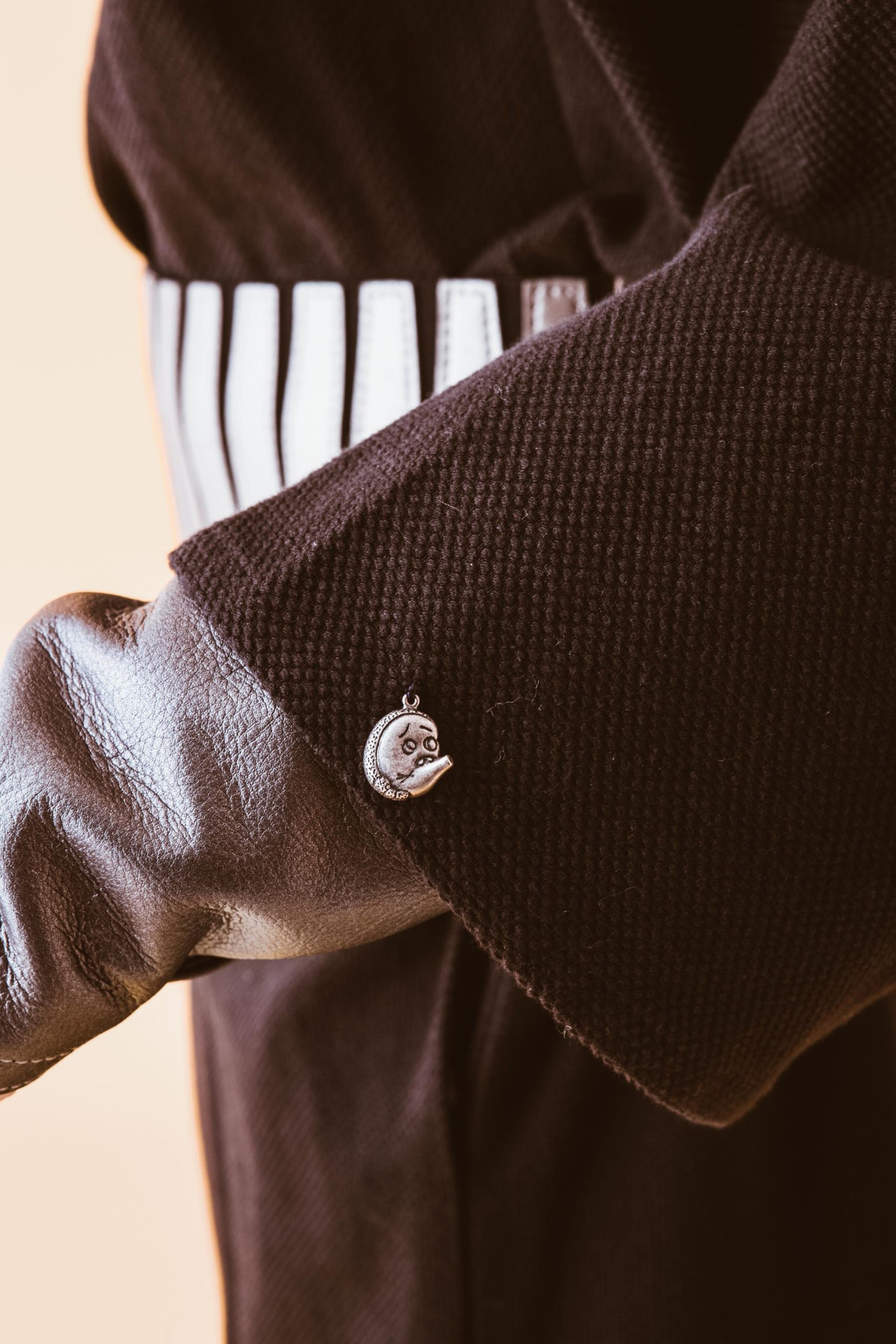
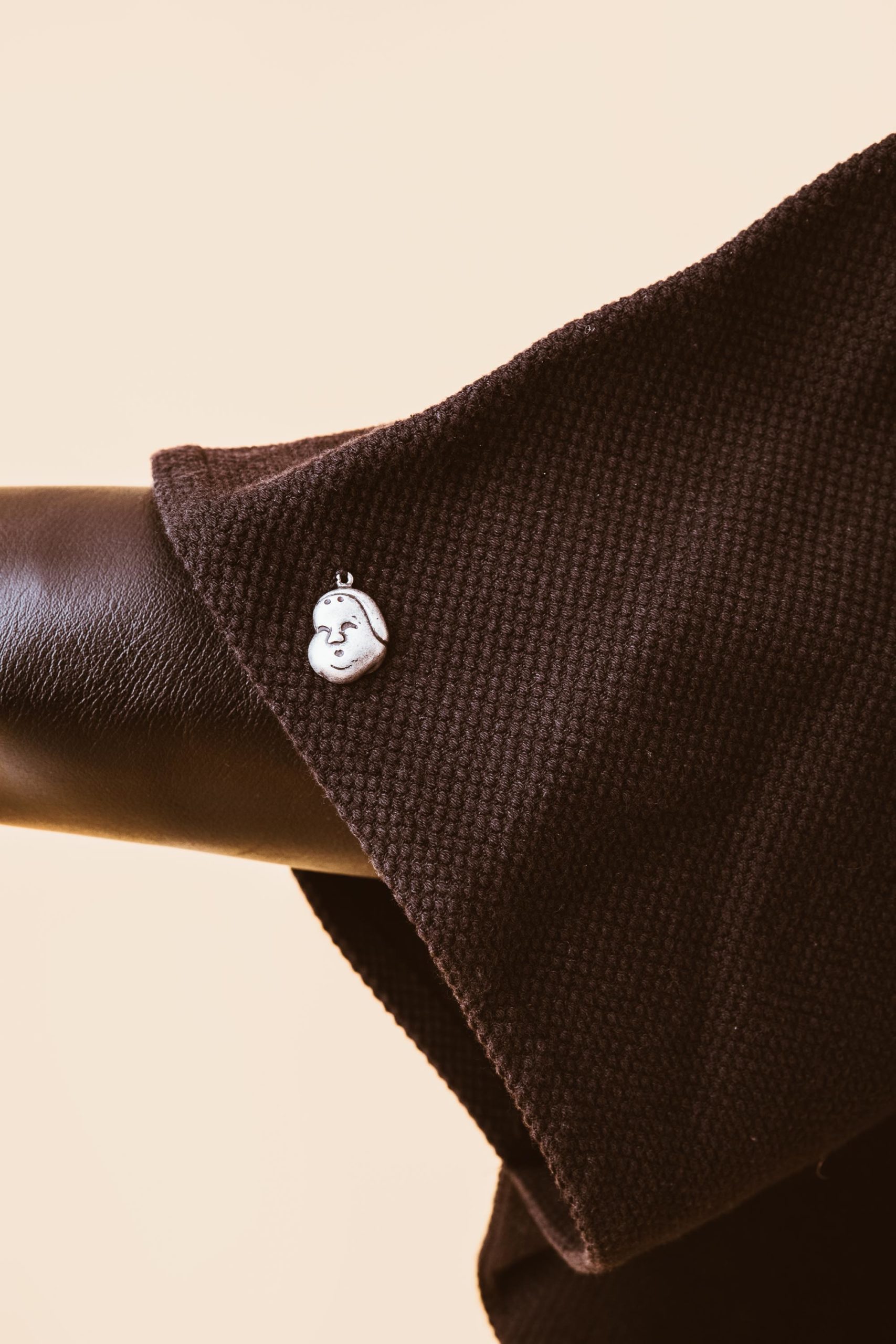
―― What do you personally think is the thing that attracts Westerners to Japan?
I believe that it is the charm of the Japanese people; their diligence and subtlety.
―― On the other hand, what do you think of Italy?
I feel that the Italian sense is similar to my works. I feel that we share parallels in terms of using slightly deviant designs and colour shades, like smokey gold, silver, and bronze.
―― What are the similarities between Italy and Japan?
The fact that we are both well-attuned to what is stylish and that we enjoy fashion from the bottom of our hearts.
―― How do you see the future of the relationship between Japan and Italy?
I believe that there are wonderful discoveries to be made through the combination of Italy’s superb leather processing technology and Japan’s unique colours and designs.

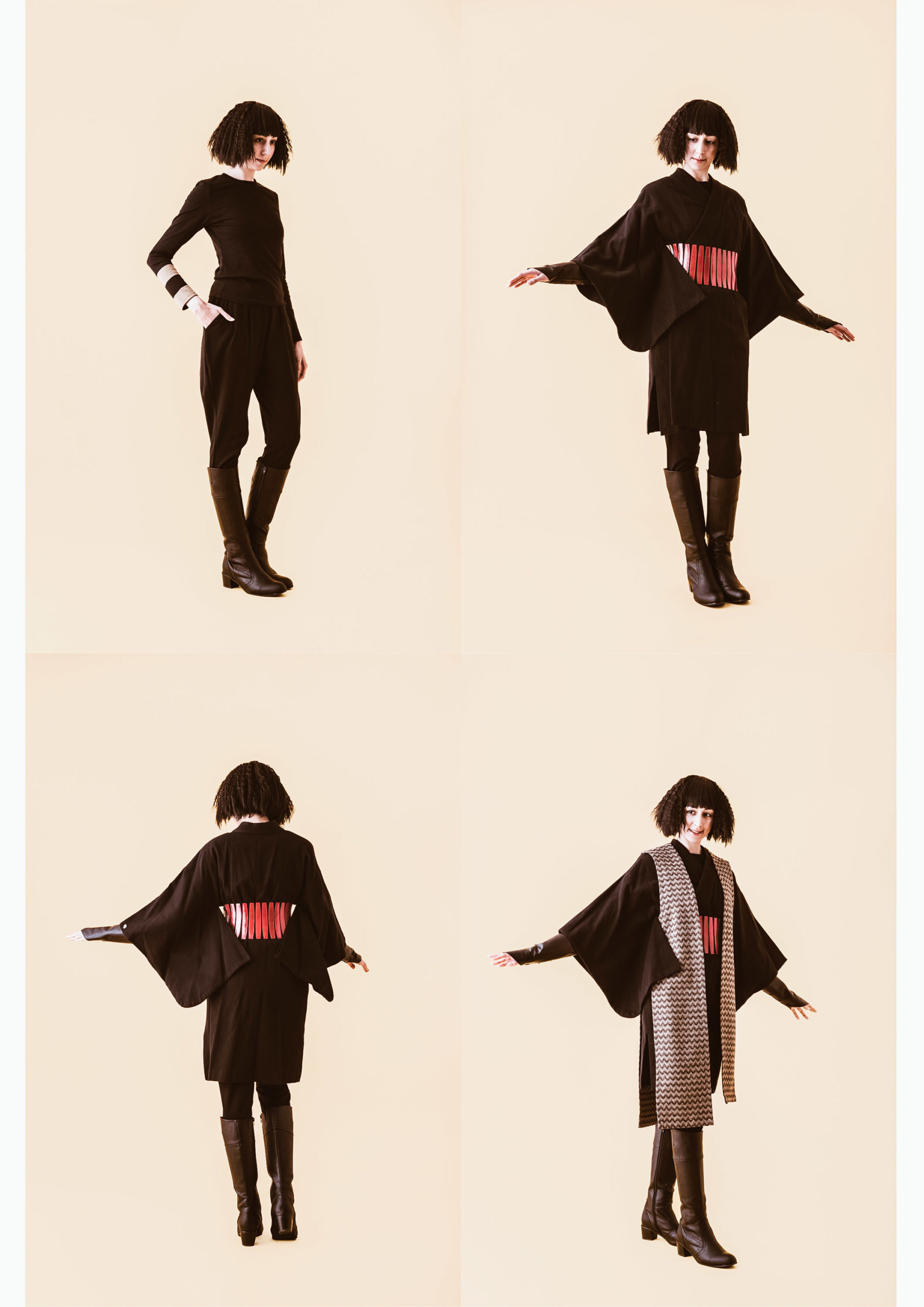
―― Going back to 『AAPPARÉ』, what are your future plans and goals?
I want to open a shop in the airport where people from all around the world converge. I also want to open shops in countries all over the world. At the same time, I think it’ll be interesting if (the brand) could (supply) uniforms for restaurants or casinos.
―― Lastly, please leave a comment for our readers.
As a Japanese person who loves Japan, my hope is that I can elevate Japanese kimono fashion into the global fashion industry.
Filled with those thoughts, “AAPPARÉ” was created.
Thank you for your present and future support.
Shito Hisayo
And that was our intimate interview with Shito Hisayo! Having read it, how do you feel? What do you think? Do share your comments with us on our Facebook page!
To find out more about Shito Hisayo and her brand, do check out the official links below!
– Links –
Website: https://shito-hisayo.jp/
Facebook: https://www.facebook.com/shito1027hisayo/
Instagram: https://www.instagram.com/shitohisayo_official/
2020 Best Japanese Shows on Netflix
We can’t really deny the fact that Netflix is one of the biggest revolutionary inventions of the latest years, so here are some of the best shows available on the platform.
In the last weeks, the world has changed, and these days when we are forced to stay home, our very intimate relationship with Netflix has become even closer. In fact, this is the moment when you can take advantage of all the new Japanese shows on the streaming website. Whether you are a fan of tv series or not, you can enjoy these shows and also practice your Japanese skills.
Terrace House
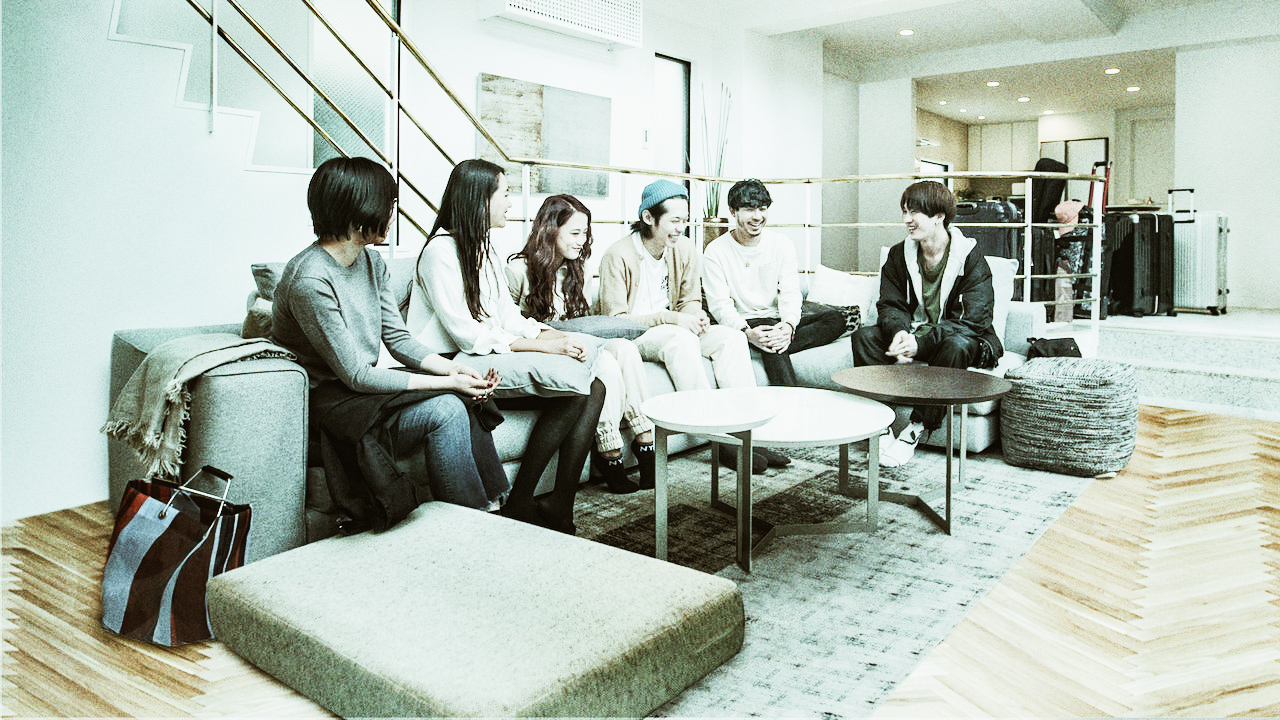
photo credits: netflix.com
Terrace House (テラスハウス) is a reality show franchise in Japan. The first series of the show was also known as “Boys×Girls Next Door”. It aired on Fuji Television's Cool TV from October 12, 2012 to September 29, 2014 for eight seasons. After the huge success, an independent film was released as a continuation/conclusion of the series.
On September 2015, Netflix previewed Boys & Girls in the City as one of its Original Series. The new show is a co-production of Netflix and Fuji, also broadcast on Fuji Television in Japan switching also its location to a hidden area in central in Tokyo.
One of the most well known Japanese show of the platform, Terrace House has its obvious draws. We are all intrigued by the inevitable romances that blossom on the show, but it’s also interesting to see how the people in the show work to accomplish their personal goals. Of course, together with this, there are also the occasional hiccups among the housemates, which are always fun to see.
Midnight Diner: Tokyo Stories
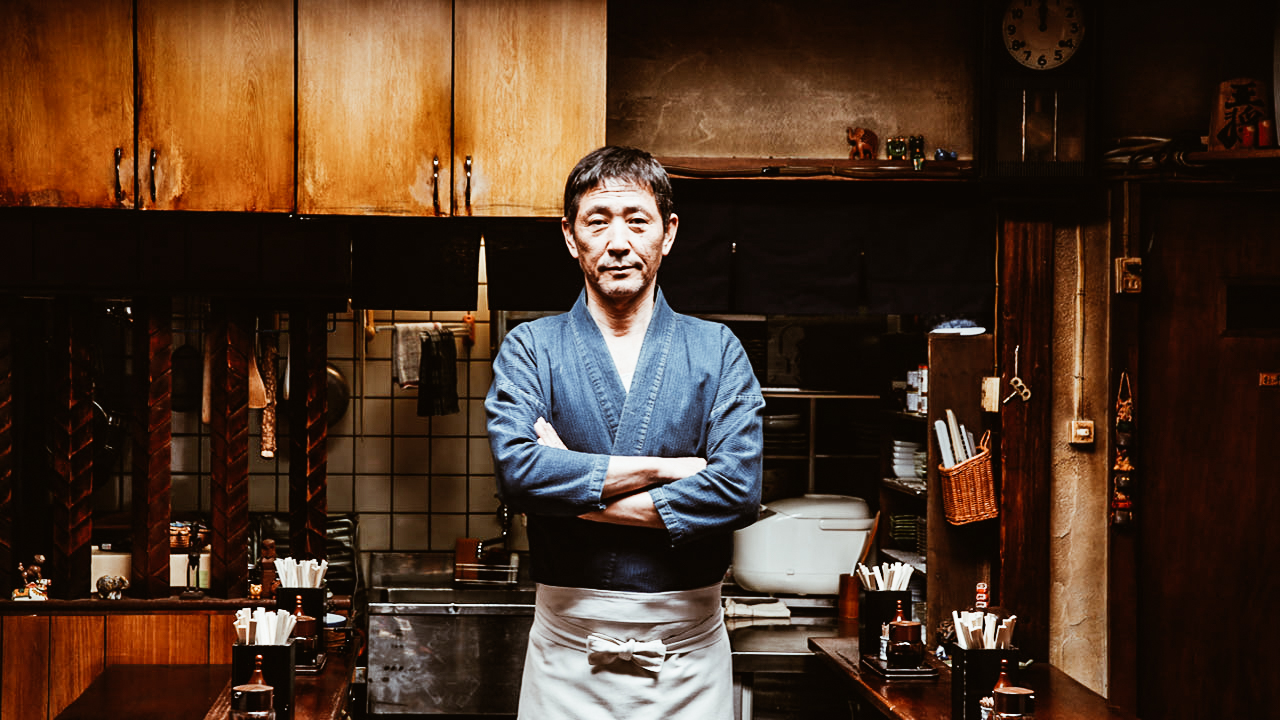
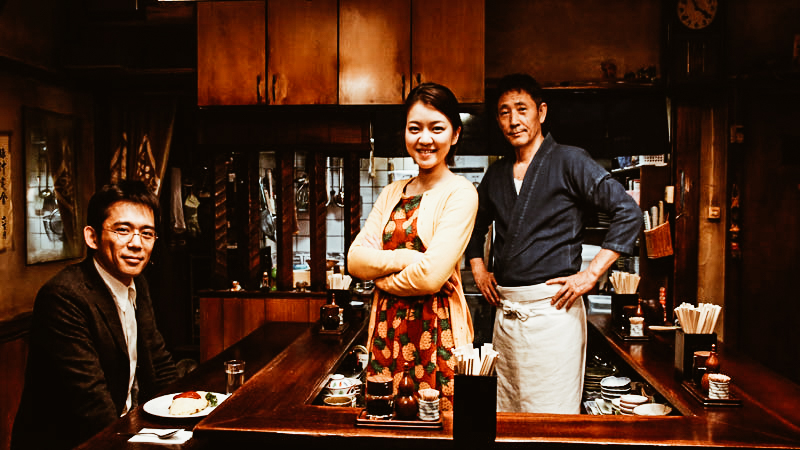

photo credits: mymovies.it
Do not watch while you are hungry. “Midnight Diner” features a man who is known as “Master” and runs a small restaurant from midnight to 7 am. The place welcomes a mixed clientele every night who share their fascinating personal stories while eating mouth-watering home-style dishes. During these hours, the Master becomes a confidant for everyone.
As you join these lone diners at the table while they connect with each other, you’ll find yourself connecting with them too and discovering a new reality of the Tokyo By Night.
As we said, do not watch this if you are hungry or you will start craving whatever Master is dishing up that night, even if we can’t guarantee that won’t happen anyway.
The Naked Director


photo credits: mubi.com, justwatch.com
This is the show everybody is talking about. Inspired by the life of director Toru Muranishi, the show is a provocative narrative of his eccentric and bizarre adult film career. During the apex of the economic boom in the ‘80s, Toru Muranishi, an unsuccessful salesman, tries his luck in the porn industry in Japan. Despite the lack of experience, Muranishi quickly learns the potential of VHS and builds an empire for himself, revolutionising the Japanese porn industry.
The Comedy-drama series was only released in August, however, Netflix has already confirmed the renewal of the show for a second season.
Samurai Gourmet
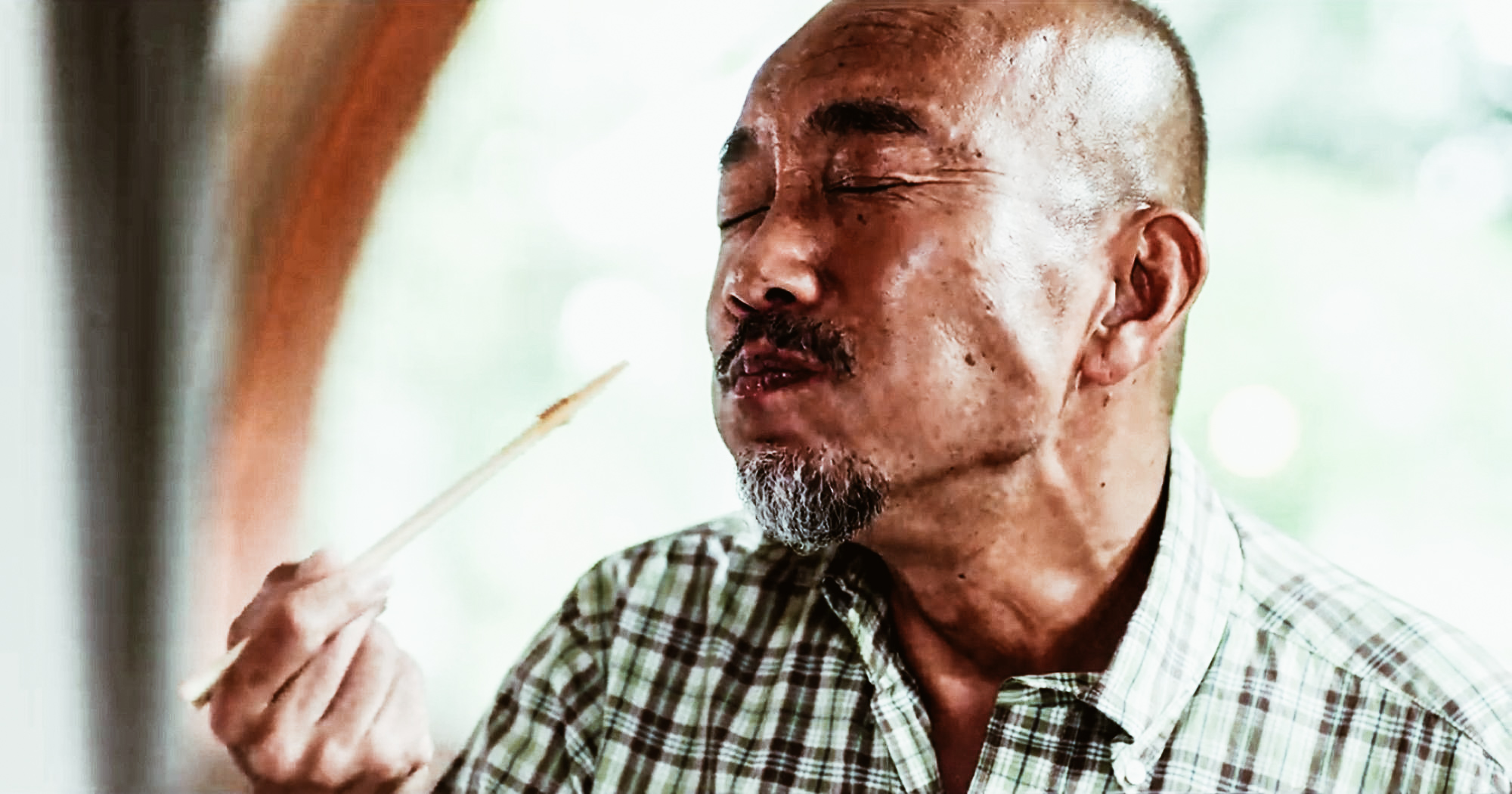
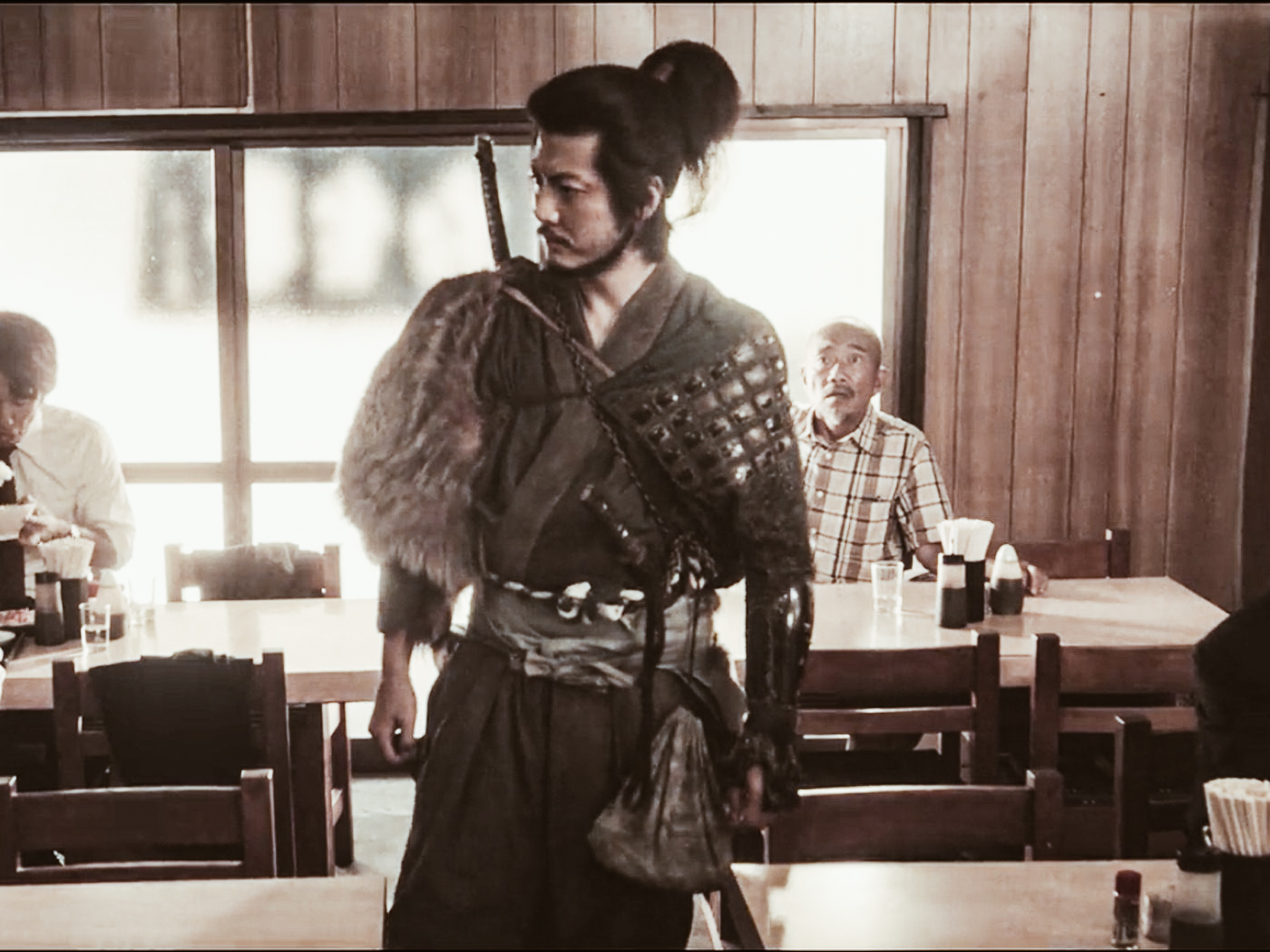
photo credits: esquire.com, eater.com
After a year of being a salaryman, Takeshi Kasumi struggles to find a new routine for himself. While his wife carries on with her usual daily activities, Kasumi goes out looking for a bite to eat. While around he discovers his inner samurai who encourages him to live each day to the fullest. Living also each meal to the fullest will help him, and us, enjoy the food the way it’s meant to be.
Samurai Gourmet is a series that not only will help you rediscover the beauty of each meal but also take you to the streets letting you explore yourself and a new city.
Queer Eye: We’re in Japan!


photo credits: netflix.com, wonderlandmagazine.com
A reality rebooted in 2018 and ready to release its 5th season. The show had overwhelming success and caught the attention of a man with its inspiring message of self-worth.
Five experts take on Japan for the first time and help some locals to rediscover themselves by sharing their flair and skills. With Naomi Watanabe and Kiko Mizuhara the group set out to transform lives together. This long-awaited mini-series filmed in Japan is and highlights some of the most exciting cultural aspects together with some emotional moments.
Atelier

photo credits: netflix.com
If you liked “The Devil Wears Prada” this is the show for you. Wide-eyed newcomer Mayuko Tokiya starts working for a lingerie design house in Ginza, the Tokyo fashion district. Even if she’s at her first job, Mayuko is determined to find her feet under the scrutiny of the company and its founder, sort of a Japanese Anna Wintour.
This one-season long series will take you on an eventful journey where Mayuko paves her way in a fast-moving fashion house and city.
Million Yen Women
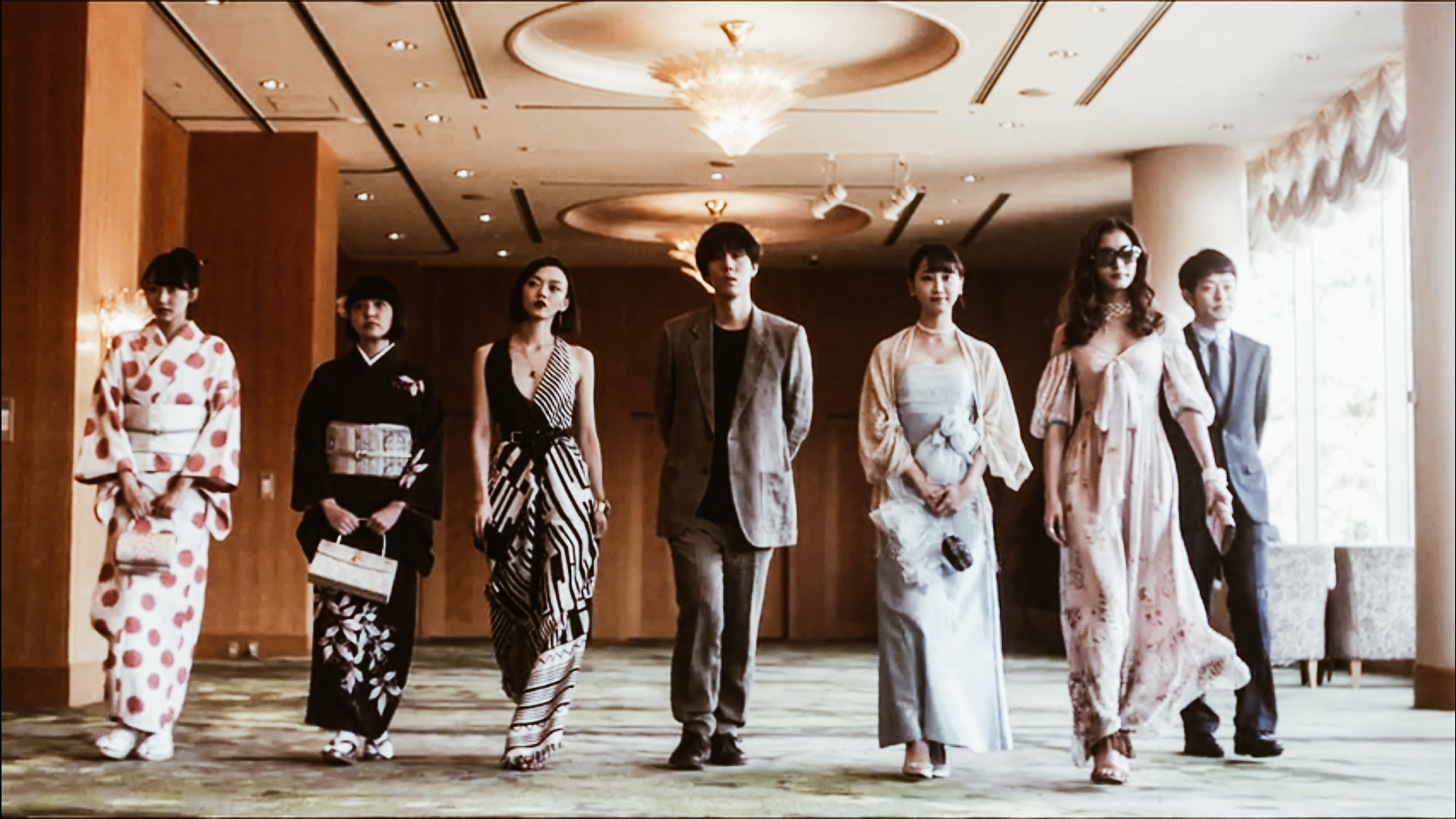
photo credits: wikipedia.org
Adapted from the homonymous manga by Shunju Aono, five women appear at the house of a struggling novelist, Shin Michima. By paying him a monthly sum of a million yen, they ask for rent and living expenses in exchange. However, Michima doesn’t know why these women are here and they won’t let him ask any questions. While this could seem like a story from a manga for young men, each woman has actually her own personality. Their refusal of giving out any information creates an interesting dynamic that will amaze you and make you watch all the episodes in one go.
Switched
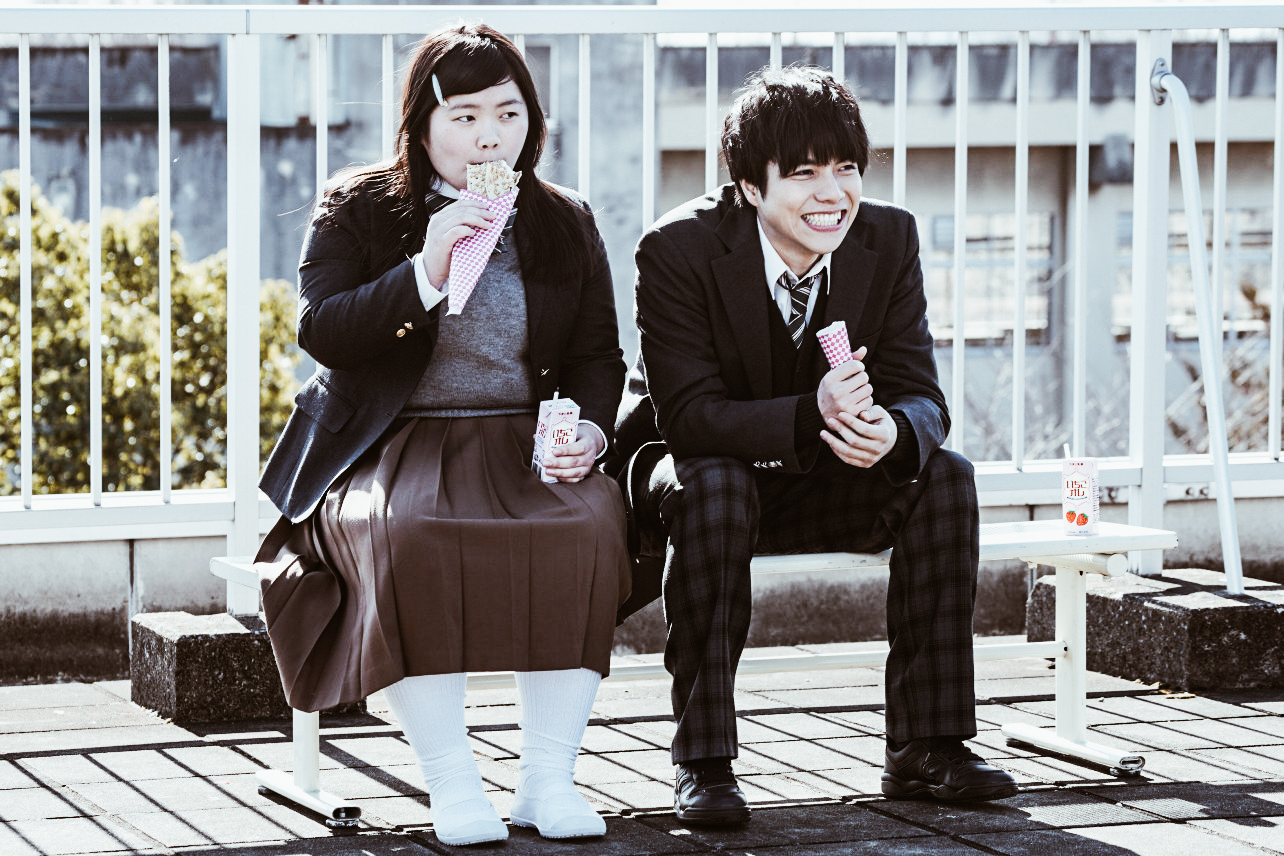
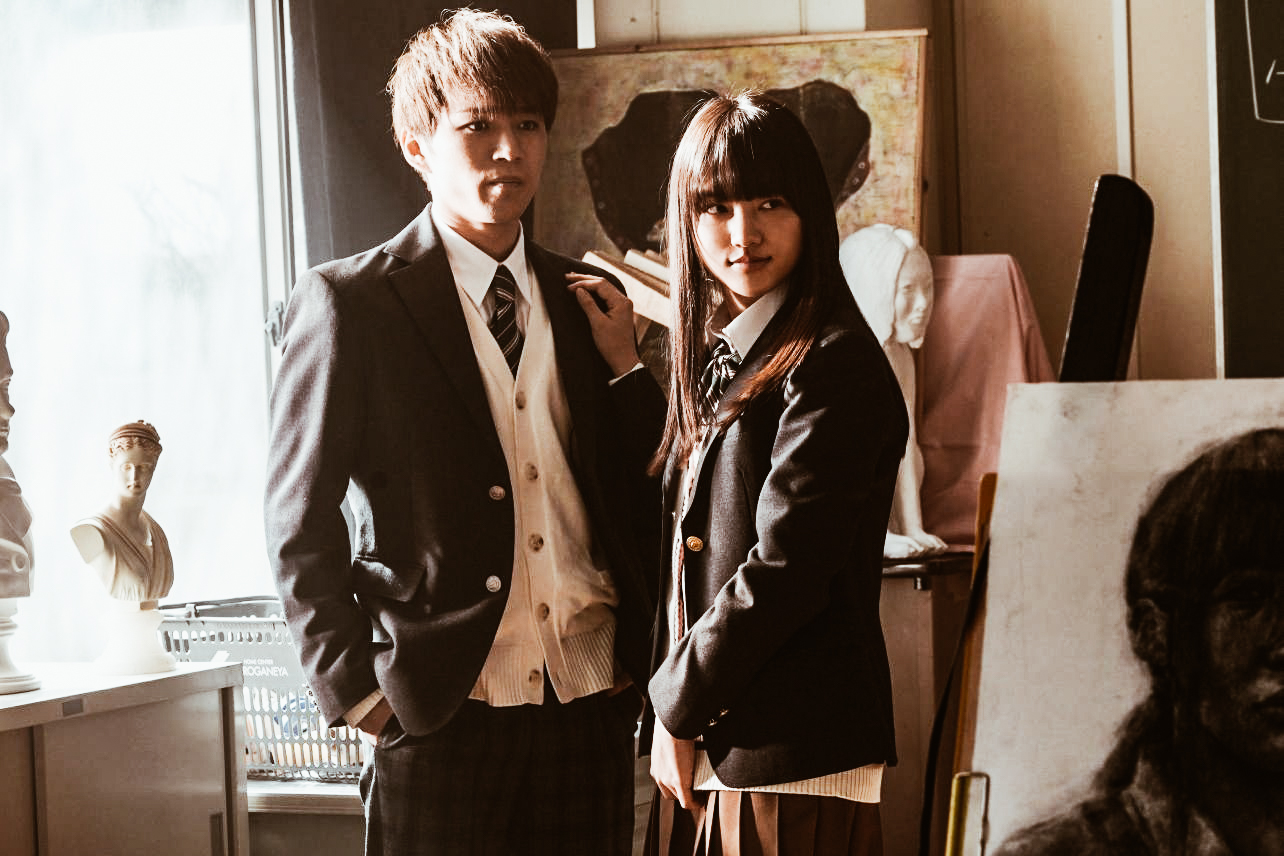
photo credits: techprincess.it, decider.com
When in high-school, have you ever dreamed of switching places with the most popular girl in your school? This drama series tells the story of a depressed student Zenko Umine who commits suicide while a fellow student Ayumi sees her falling from the rooftop. After passing out, Ayumi wakes up and finds herself in Umine’s body, while Umine is in Ayumi’s. With many twists and turns, we get a closer look at how the high-school students are under pressure from today’s society.
Good Morning Call

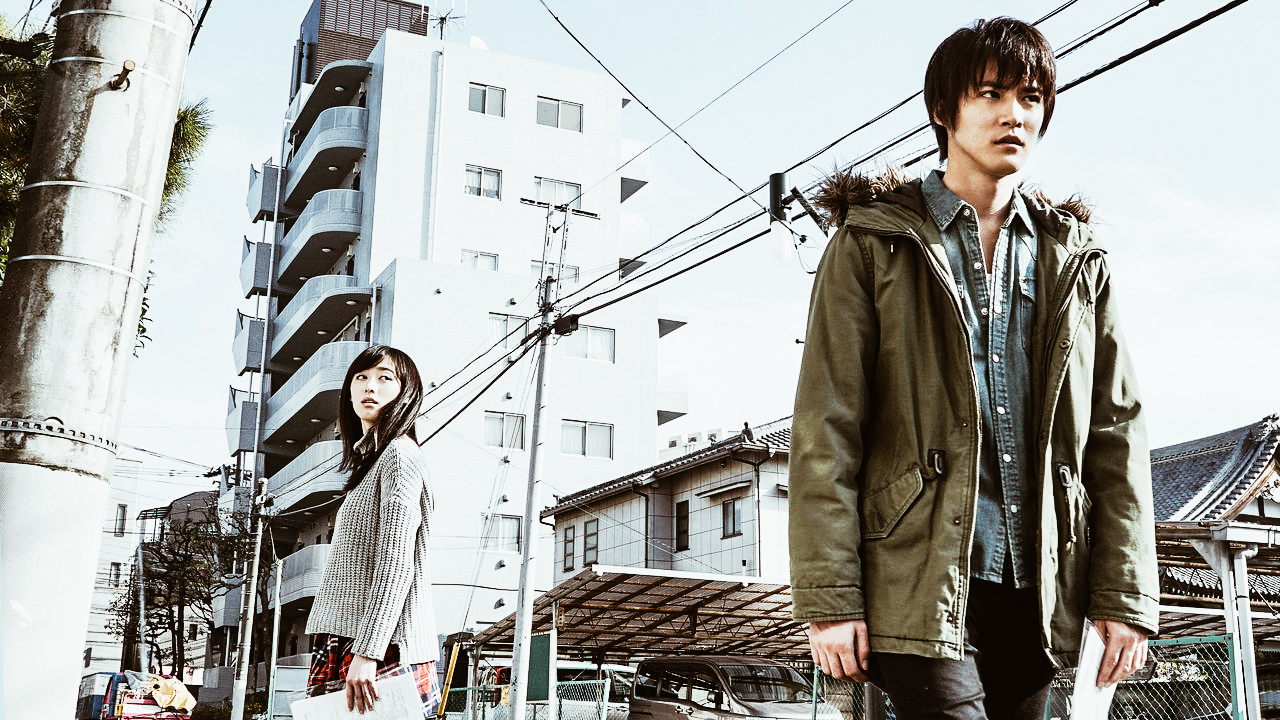
photo credits: netflix.com, geekinsider.com
Among the most successful shows on Netflix, the two-season romantic comedy-drama series is a live-action television adaptation of the homonymous manga by Yue Takasuka. Co-produced by Fuji TV and Netflix, the story is set in Tokyo and follows the relationship between teenager Nao Yoshikawa and Hisashi Uehara. When moving to her new 2 bedroom apartment, Nao discovers that the coolest and most popular guy in school is also moving in. Realizing they have been scammed into renting the same apartment, they agree to become roommates in secret so to be able to make the rental payment. While following their adventures, you’ll find yourselves rooting for this couple and being amazed by how much relationships can be difficult at any age.
Followers
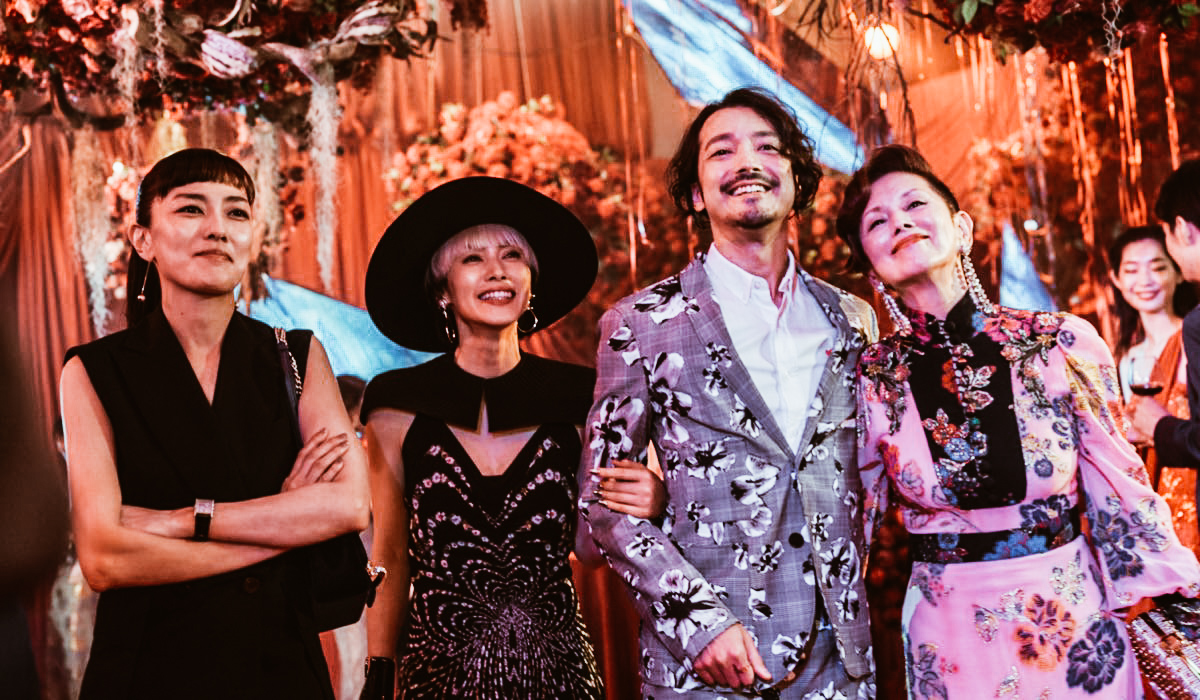
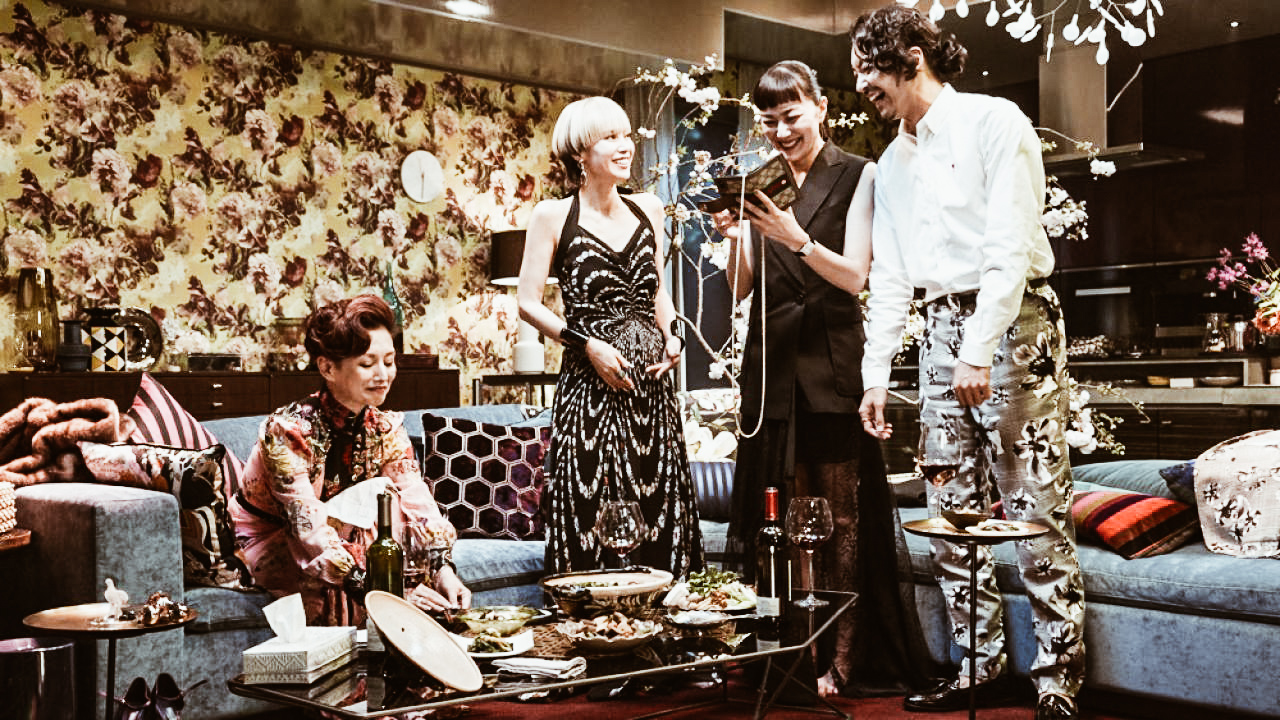
photo credits: tvserial.it, everyeye.it
Premiered on Netflix on February 27 2020, the series revolves around the city of blinding lights, Tokyo. With its life, colours, fashion and ambition, the city is a background for the story of Limi Nara, a famous and successful fashion photographer. She advanced her career with photographs of modern Tokyo, capturing the changes in the city and the people that live in it. Leading a confident and independent life both privately and professionally, she’s in contrast with the young struggling actress Natsume Hyakuta. Having problems in both her professional and personal life, Hyakuta is in search of self-confidence and her own identity. All of this changes when one day Limi publishes a photograph of Natsume on Instagram. From this moment on, the life of the young actress and the ones around her changes completely while these two women try to find their own way to happiness and love.
Ajin
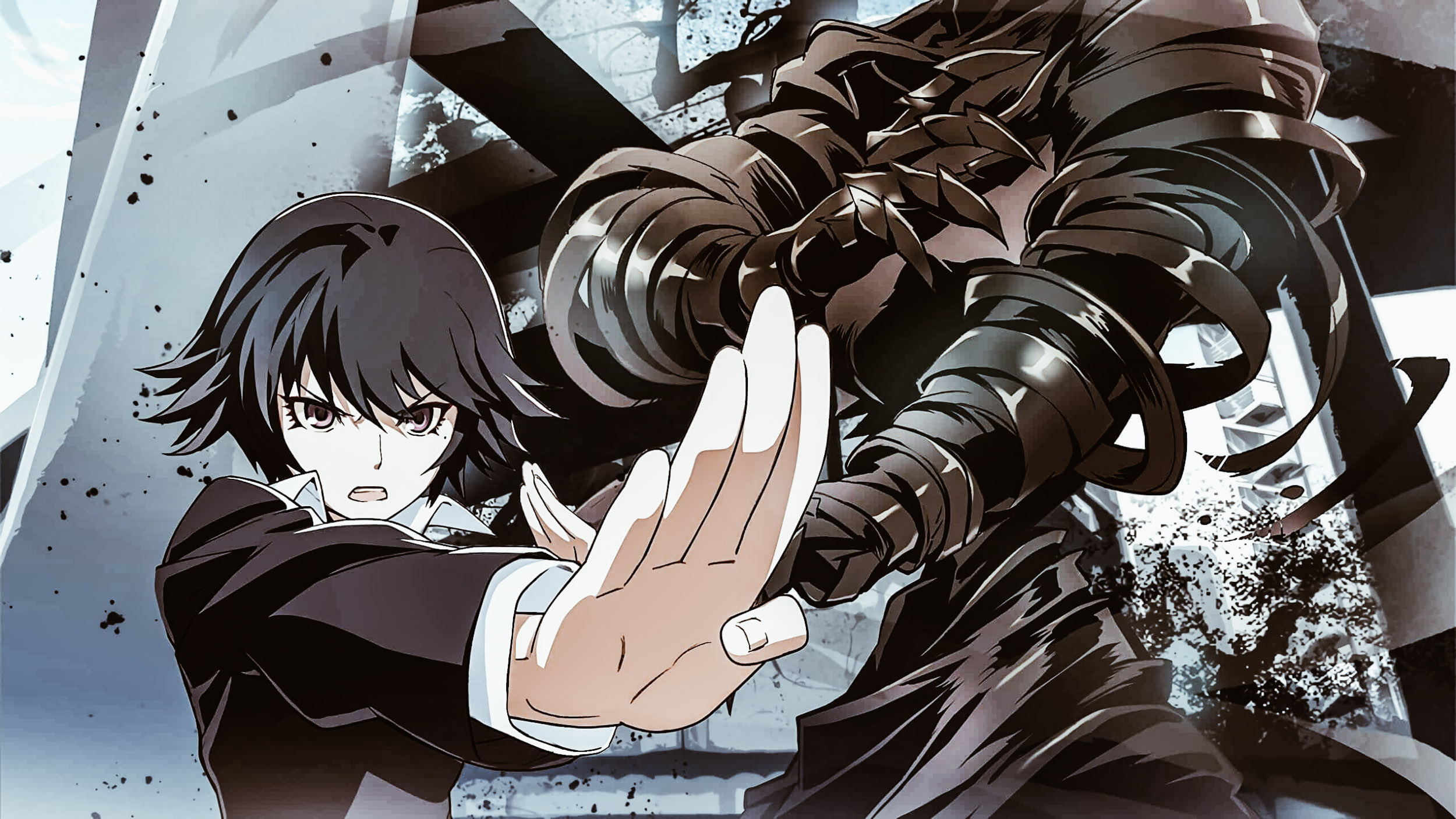

photo credits: netflix.com,pinterest.it
Kei Nagai, a student who discovers he’s an Ajin, a demi-human when he’s fatally wounded in a traffic accident. In this world, a small number of humans possesses extreme regenerative abilities that are triggered upon death or mortal injuries. This allows them to completely recover from their wounds in a matter of seconds, even the most extreme ones. Together with this, Ajin can create “black ghosts”, highly dangerous combat-oriented entities that are invisible to normal humans. These ghosts are resistant to any physical injuries, have extraordinary physical strength, razor-sharp teeth and claws. Black ghosts have their own level of intelligence and for example, most of them are completely reliant on their Ajin for directions, others are more independent.
Obviously, Ajin are considered dangerous and inhuman by the people and most are captured by governments. The nations came to protect Ajin but in reality, they use them as subjects for cruel experiments to exploit their healing abilities. As a result to this, two factions are created and some Ajin escaped from the laboratories are looking for revenge. Tune in to this sci-fi anime series and discover how the story unfolds.
These are just some of our favourite shows currently available on Netflix. Join the conversation on our Facebook page and tell us which one is your favourite!
Bringing Japan to Italy: episode 10 - Hoshitaro Asada
Our feature 『Bringing Japan to Italy』 is back with episode number 10 dedicated to Hoshitaro Asada, who works at the Sogen sakagura in Ishikawa in Japan.
His mission is not only to produce one of the best sake in the world, but also to spread Japanese culture internationally. He told us about the similarities between Italy and Japan and how Italians see and live the world of sake.
Japan History: Akechi Mitsuhide
Akechi Mitsuhide (1526 - July 1582), also known as Koreta Mitsuhide, was a Japanese general. Son of Akechi Mitsukuni, Mitsuhide served Asakura Yoshikage and in 1566 he became a messenger for the "wandering wanderer" Ashikaga Yoshiaki. However, his greatest fame was that of being one of the generals in the service of the daimyō Oda Nobunaga, and his betrayal caused his death.
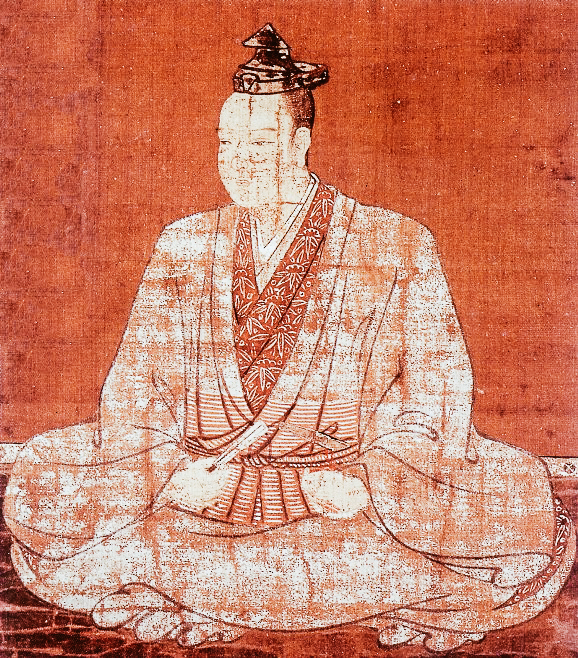
photo credits: samurai-world.com
He began to serve Oda Nobunaga in 1566 after the conquest of the province of Mino and in 1571, proving himself as skilled general, he received the territory of Sakamoto as a fief. Oda Nobunaga, seeing him as one of the men he could trust most, commissioned him to pacify the Tamba region and place it under the control of his lord. His military campaigns against local clans were successful and once he conquered the territory, he was rewarded with Kamiyama Castle by becoming the governor of Hyūga province.
Betrayal
In 1579 Mitsuhide conquered Yakami Castle which belonged to Hatano Hideharu and negotiated with him the terms for pacification. Oda Nobunaga, in total disagreement with the agreements made by his vassal, had Hideharu executed. At that point, the Hatano clan retaliated against Akechi Mitsuhide by killing his mother who had been kept hostage during the negotiations. This was probably one of the reasons that led Mitsuhide to betray Oda Nobunaga.
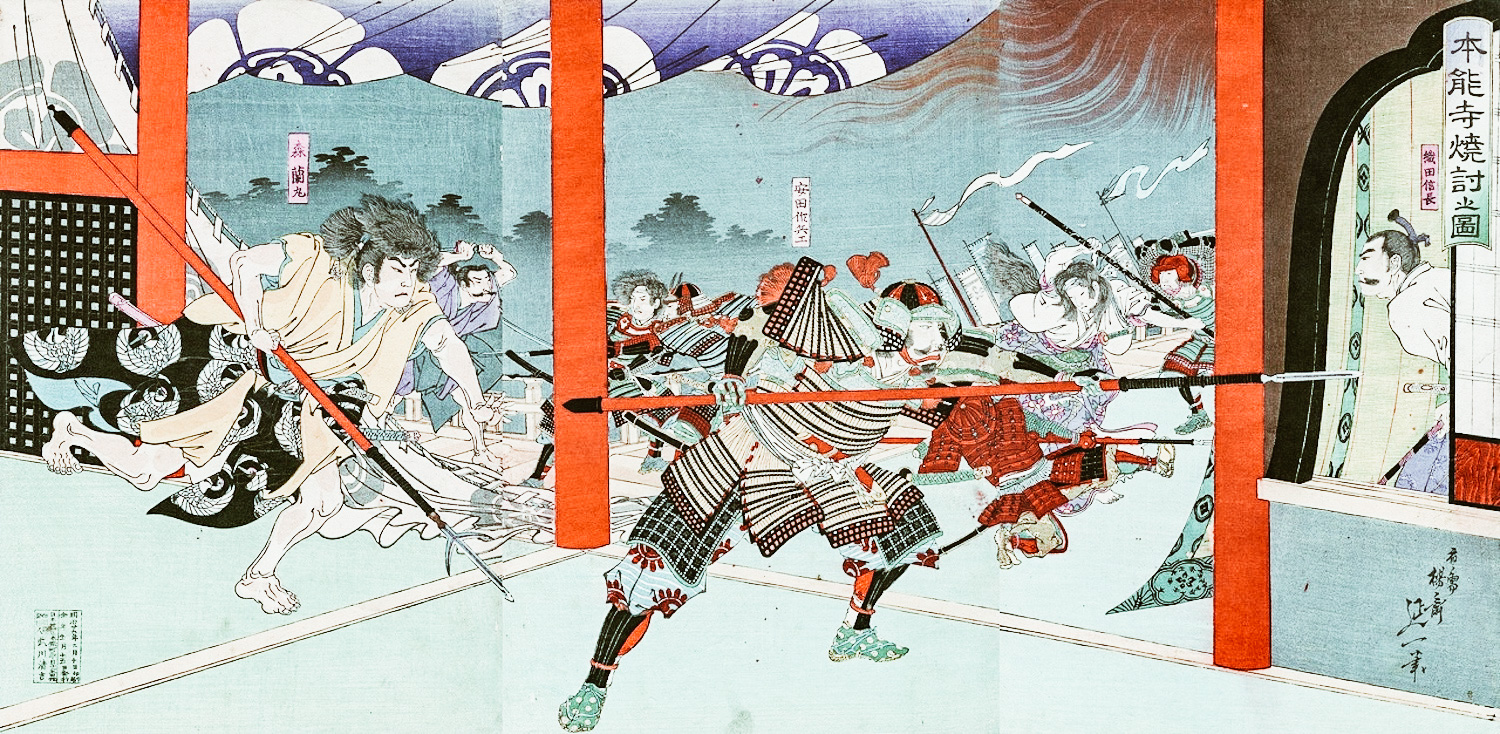
photo credits: samurai-world.com
On June 21, 1582, Nobunaga, in an attempt to escape the coup d'état organized by Mitsuhide, took refuge in the Honnō-Ji, a Kyoto temple that Mitsuhide burned. At that point, it is not known if Nobunaga died in the fire or if he had time to make seppuku first, but at the news of his death, Toyotomi Hideyoshi and Tokugawa Ieyasu gathered their armies to chase Mitsuhide. Hideyoshi was the first to find him and defeated him in the battle of Yamazaki during which Nobunaga's traitor was killed by a bandit called Nakamura. Due to his death, he was nicknamed Jūsan-kobū (thirteen-day Shōgun).
The reasons for the betrayal

photo credits: samurai-world.com
We don't know all the reasons that led Mitsuhide to betray Nobunaga, one could be what we have already said involving the murder of his mother. Another could concern the friendship that tied Akechi Mitsuhide with Shikoku daimyo Chosokabe Motochika. Around 2013, researchers discovered a series of letters in the Okayama Museum between Akechi Mitsuhide and his longtime friend, Chosokabe Motochika. The letters had been written a few months before the May 21, 1582 attack on Honno-Ji. According to the letters, Chosokabe had decided not to oppose Nobunaga and was willing to submit to the warlord. In response, it appears that Mitsuhide was trying to avoid taking part in Shikoku's submission to avoid a future dispute that could have involved Chosokabe. Just to protect his friend, Akechi Mitsuhide probably decided to betray Nobunaga.
Another probable reason was Mitsuhide's knowledge of Nobunaga's future plans that he wished to rule the nation. Nobunaga had said he wanted to become Tenka Fubu, the only ruler under the sky. For this reason, it was assumed that he wanted to overthrow the emperor so that there would be no one above him. Perhaps Akechi Mitsuhide decided to eliminate Nobunaga thus saving the imperial family and the emperor.
According to some sources he managed to save himself in the battle of Yamazaki by becoming a monk named Nankobo Tenkai. His life is completely immersed in mystery and continues, even today, to arouse doubts and create assumptions.
Fukushima Mirai Challenge Project and the future of Japan
The future is at TENOHA Milano with the Fukushima Mirai Challenge project, available until the end of February.
If you want to know what the word "resilience" really means, you need to dwell on this article. We are talking about the future, rebirth, enthusiasm, passion and true love. In Japanese, Mirai means Future, the future of Fukushima prefecture. Since March 3, 2011 nothing has remained the same since the tragedy in which the earthquake and tsunami destroyed families, houses and businesses. As I said, nothing has remained the same and there is something that has blossomed like a flower in the desert: the desire for rebirth. Resilience. To continue your work despite everything. This is exactly the basis of the Fukushima Mirai Project, the project for the FUTURE. Twelve municipalities in the prefecture of Fukushima adhere to this important project and have decided to return to their activities after the evacuation order that took place years ago.
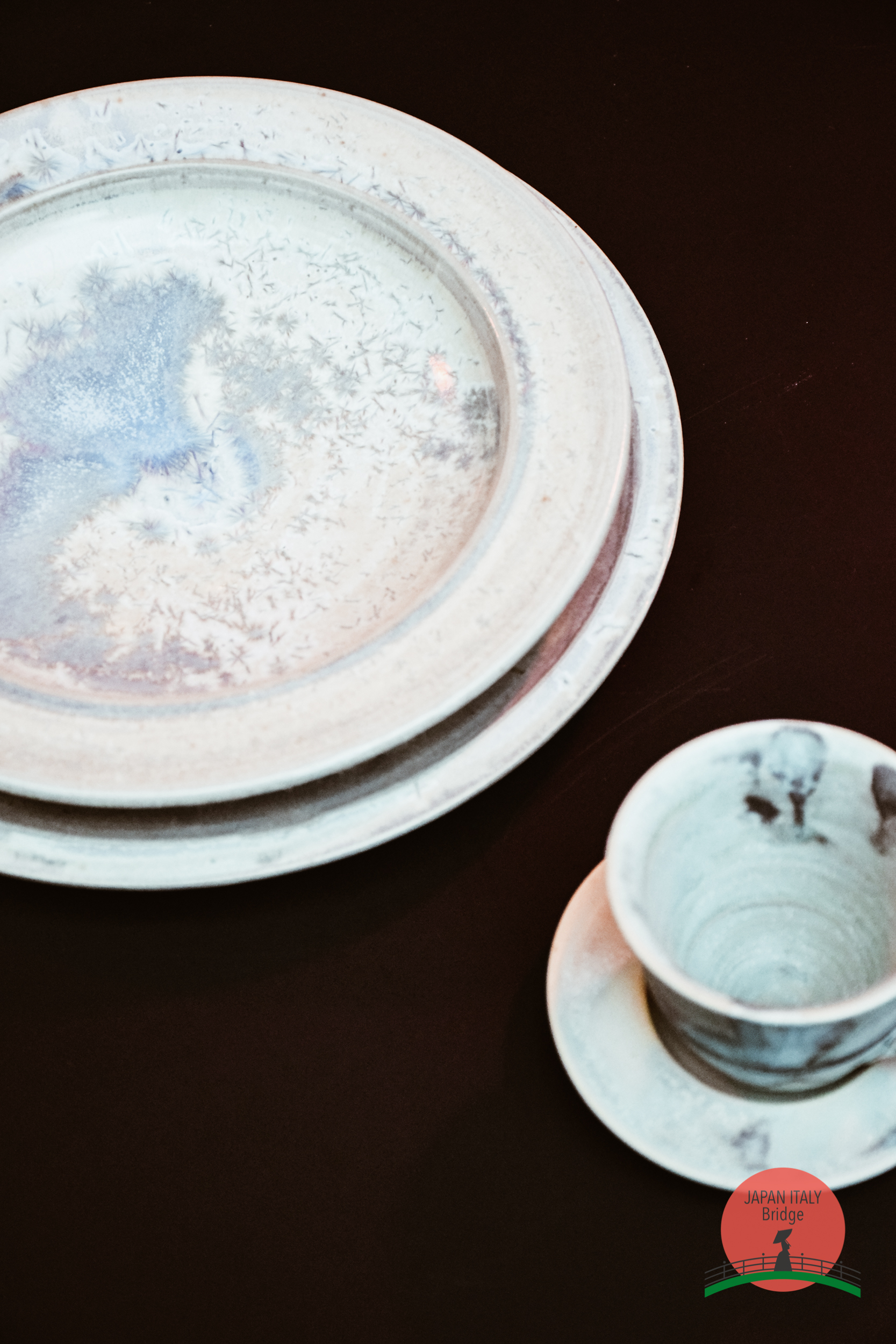
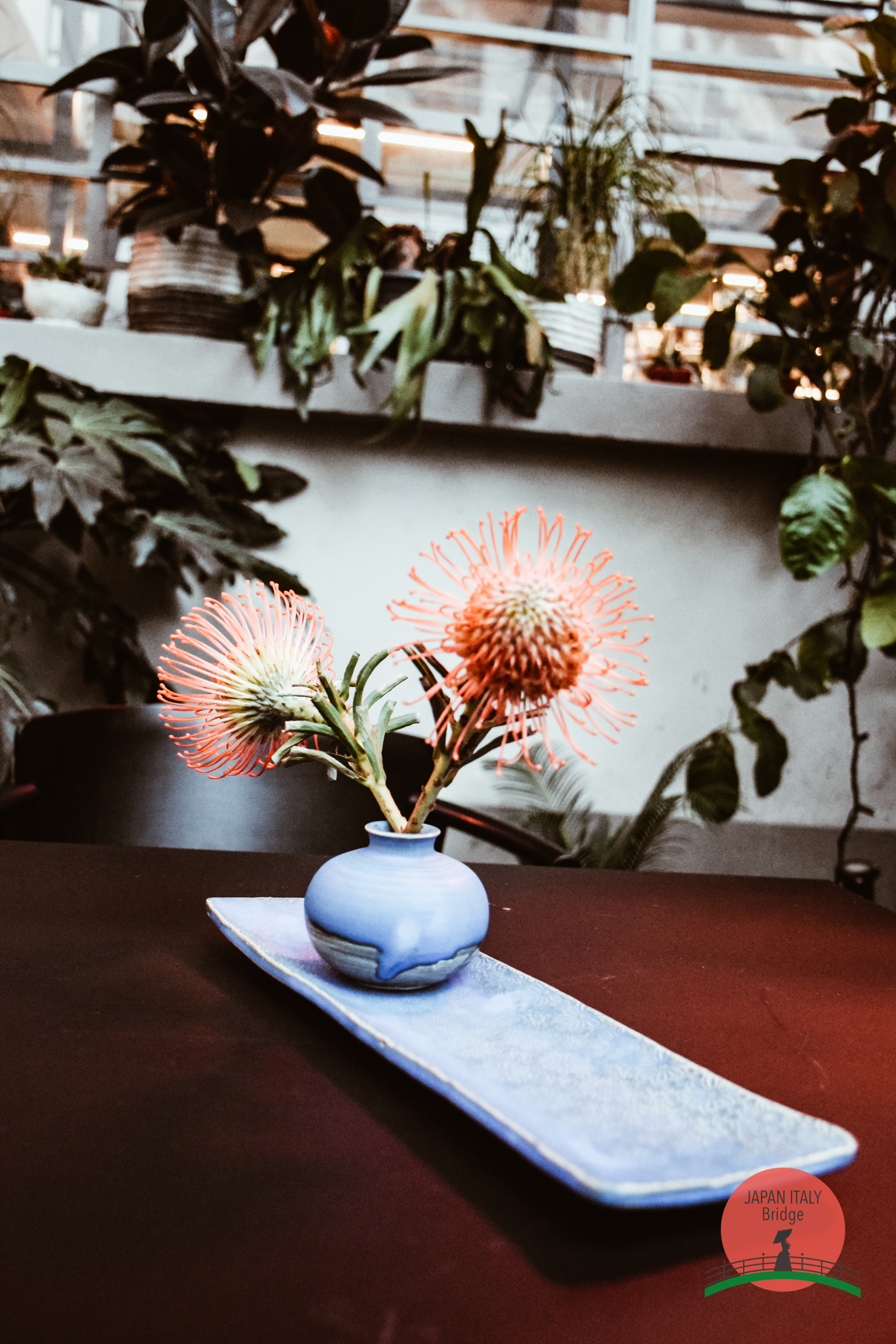
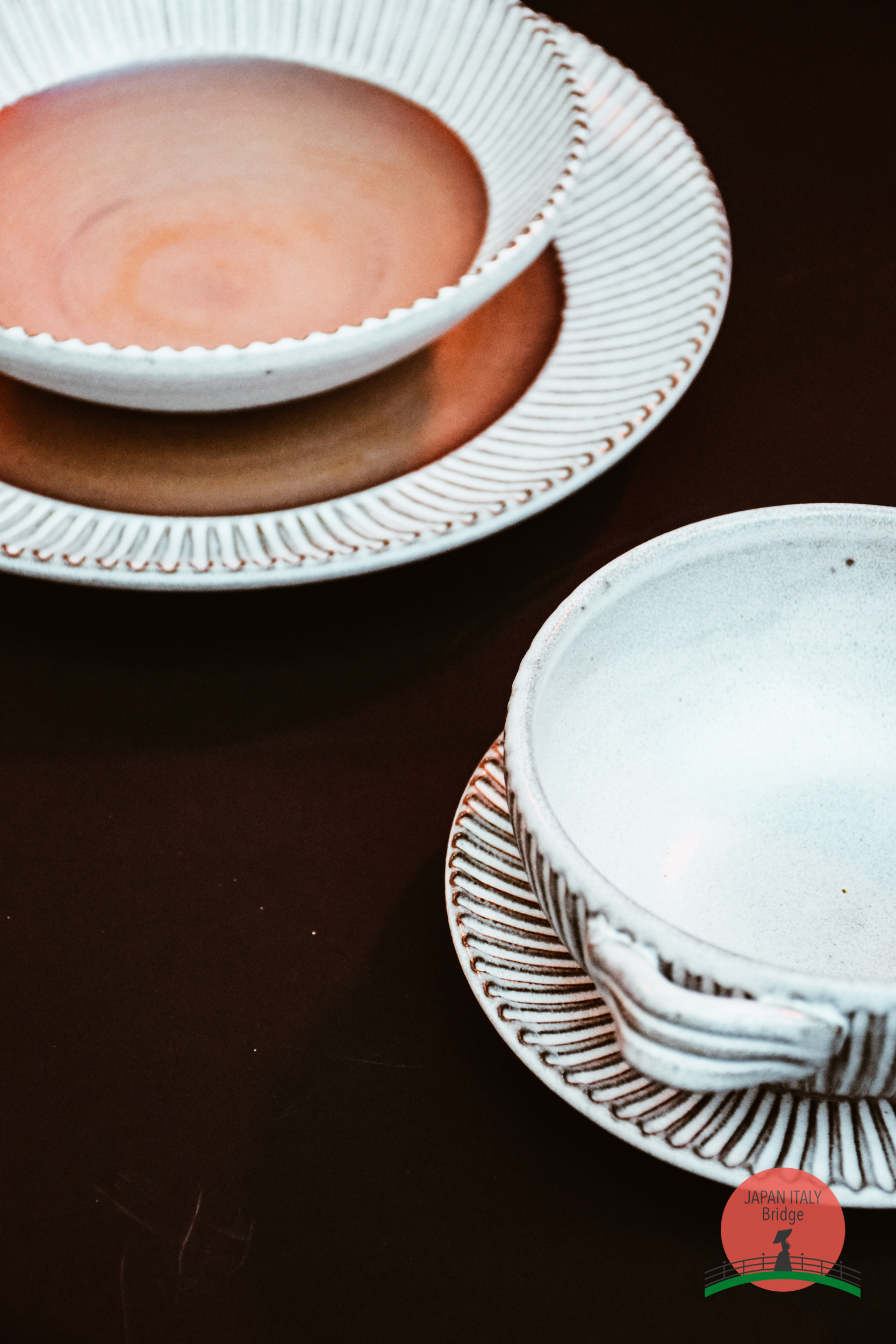
The rebirth of Fukushima with the Fukushima Mirai Challenge
In the Fukushima Mirai Project, there is the desire to start again, to rebuild and create, to revalue cities, to be reborn. In fact, this project supports autonomous companies, promoting their development also in the foreign market. Today we will take for example two areas that are struggling with their wonderful products to be reborn, read carefully not only with your eyes but, above all, also with your heart.
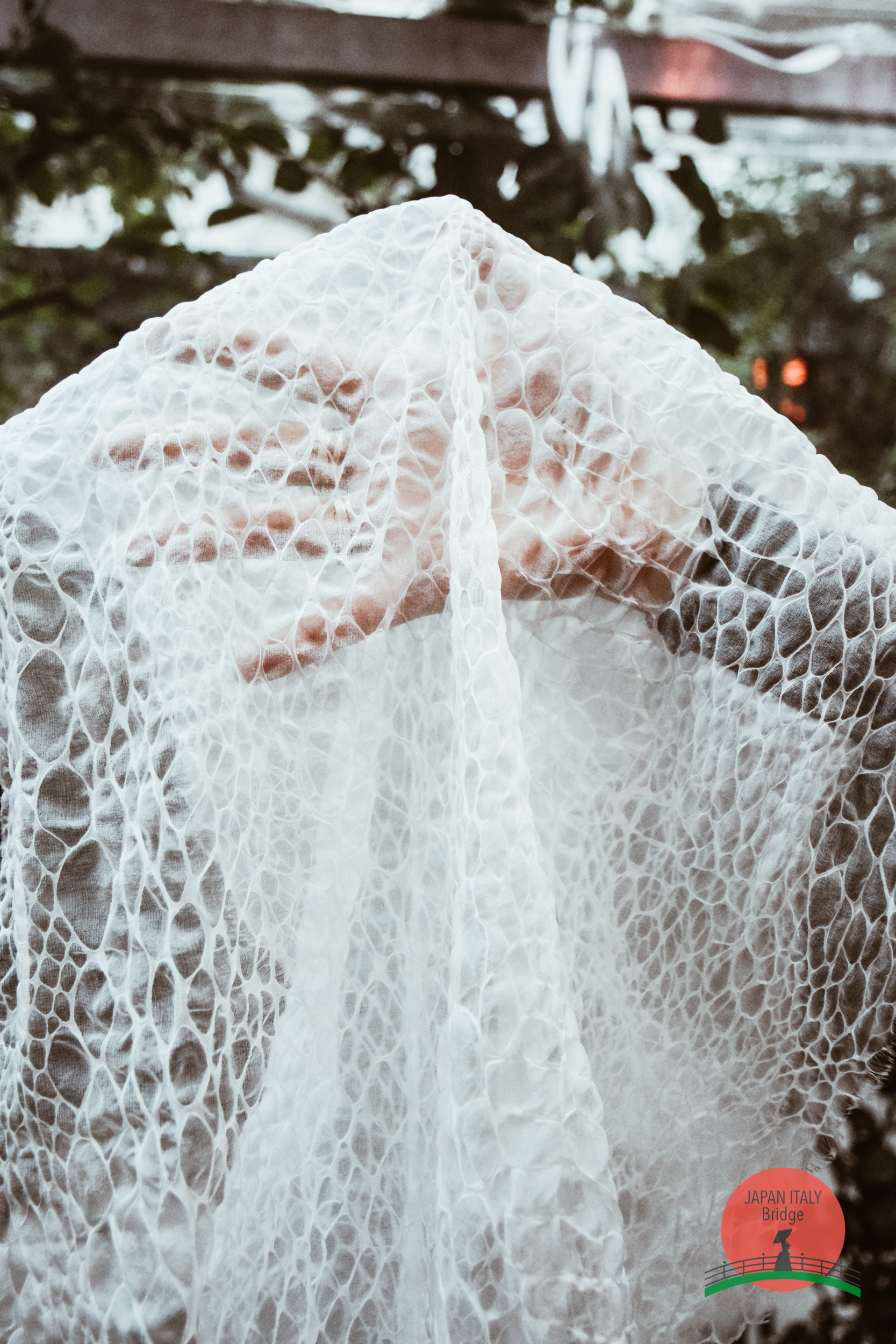
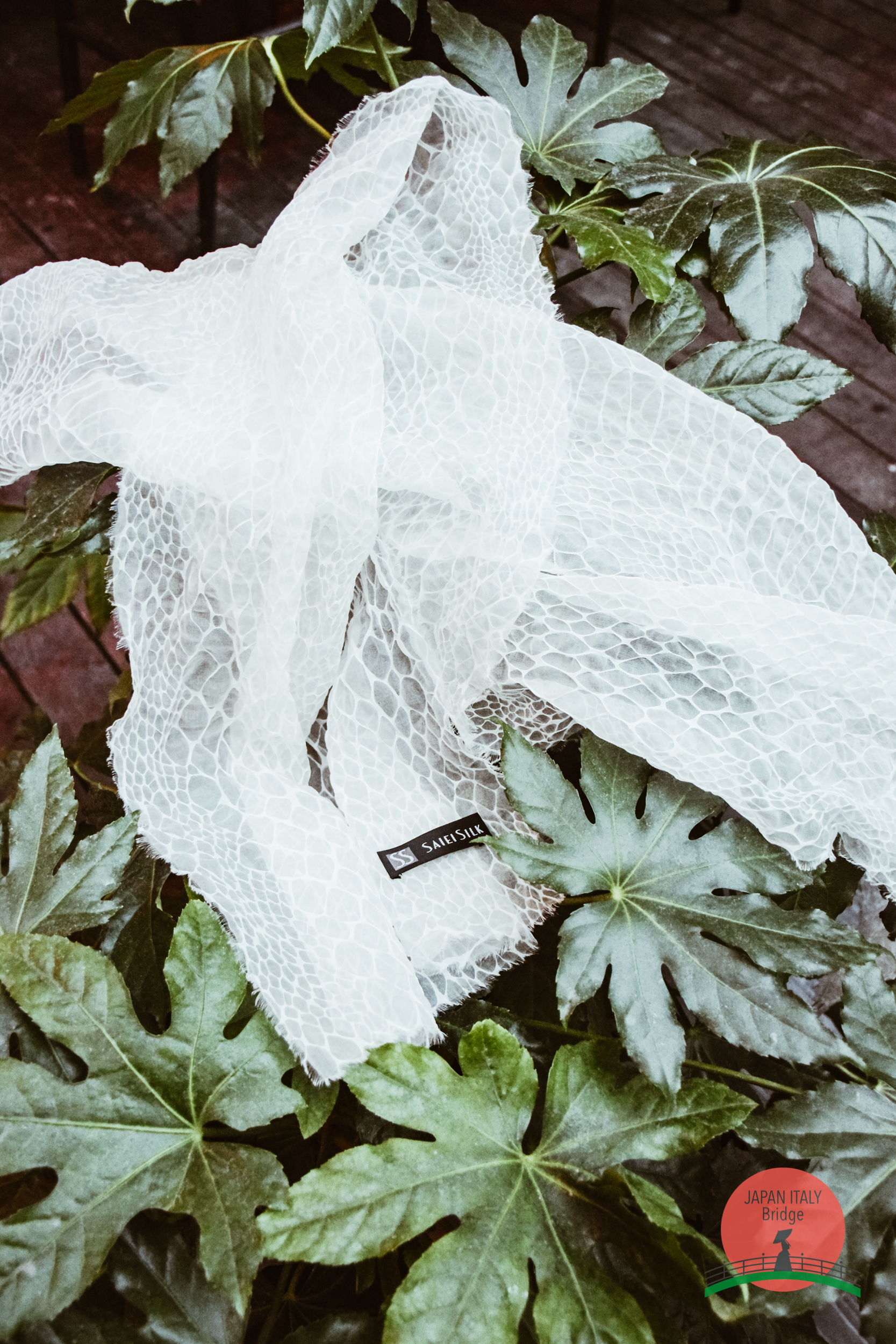
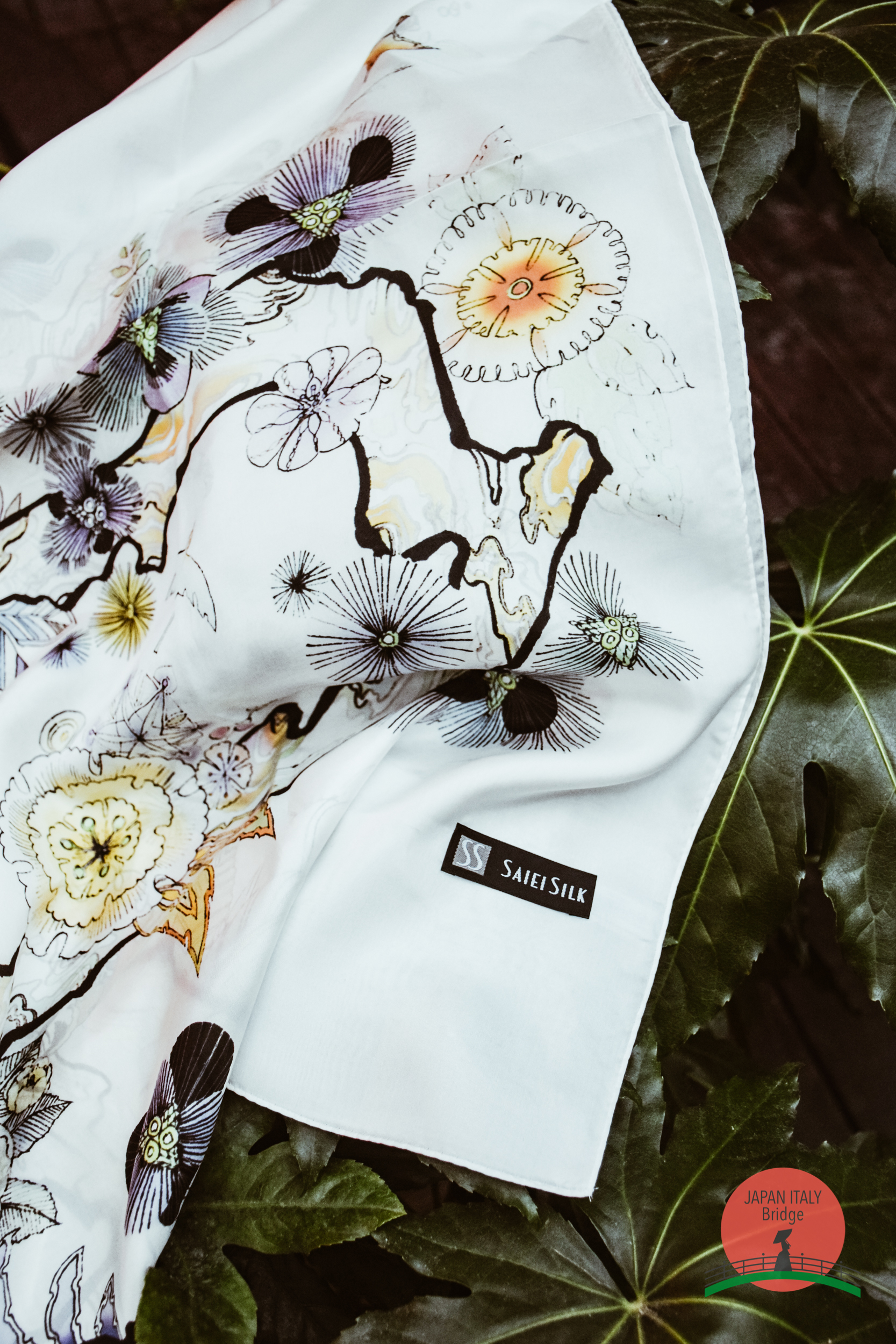
Saiei Orimono with Kawamata Silk
The challenge of the "Saiei Orimono" company in the city of Kawamata participating in the Fukushima Mirai Project is that of "the thinnest silk in the world". Surely you know how much of precious fabric silk can be, but have you ever touched the lightest silk in the world? Feeling it in your hands is something unique, incredibly evanescent, just like a feather and in fact, more than 1000 spectators, ambassadors of each country included, were able to admire the "Fairy feather" silk during a show that was held at the UNESCO headquarters in Paris. Do you know what it is? The lightest and thinnest silk in the world, therefore a feather, for this reason, the dress deserved the name of "Fairy feather". In Japanese it is said hagoromo which means feather dress. At TENOHA &| SHOP you can find scarves of various colours made with this incredible fabric.
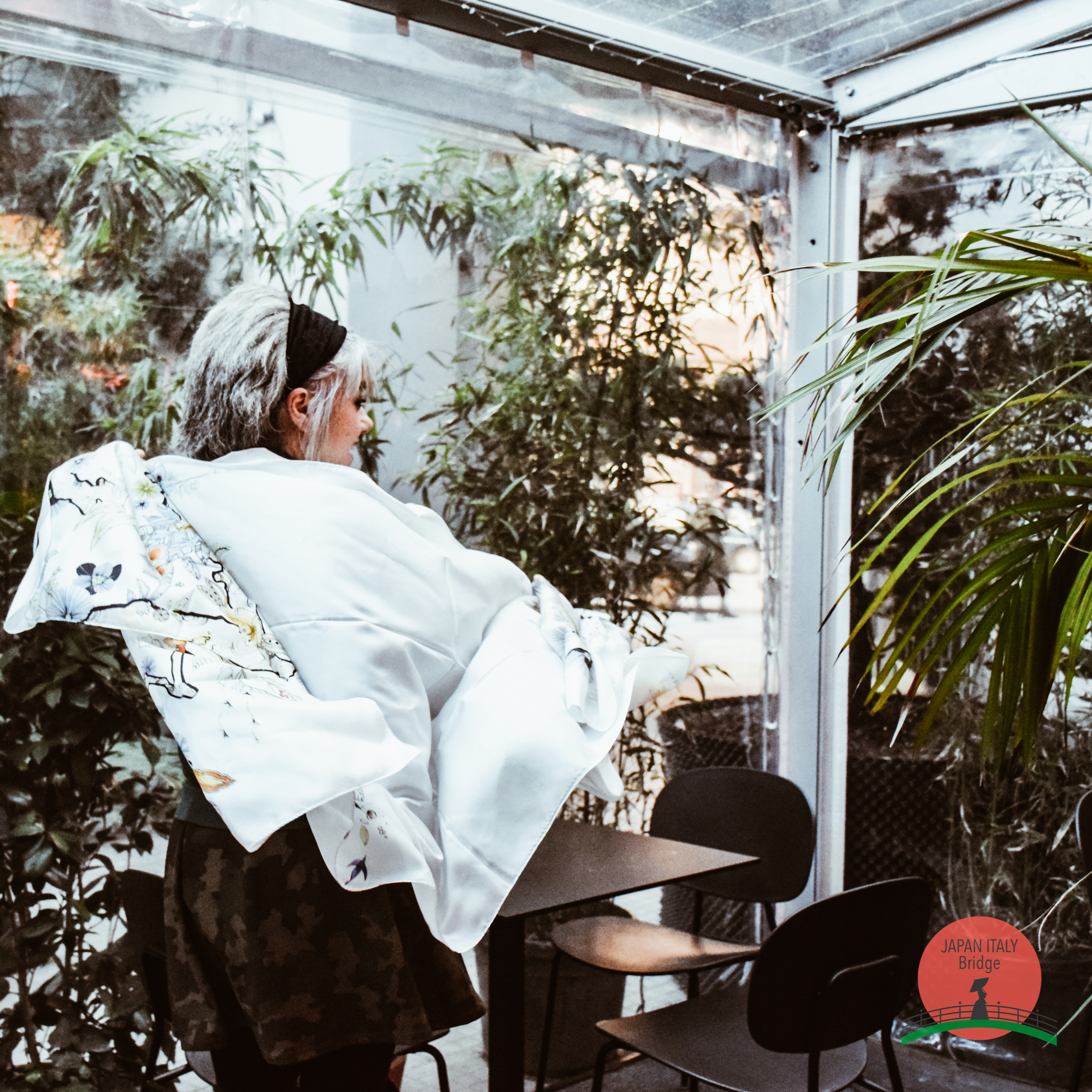
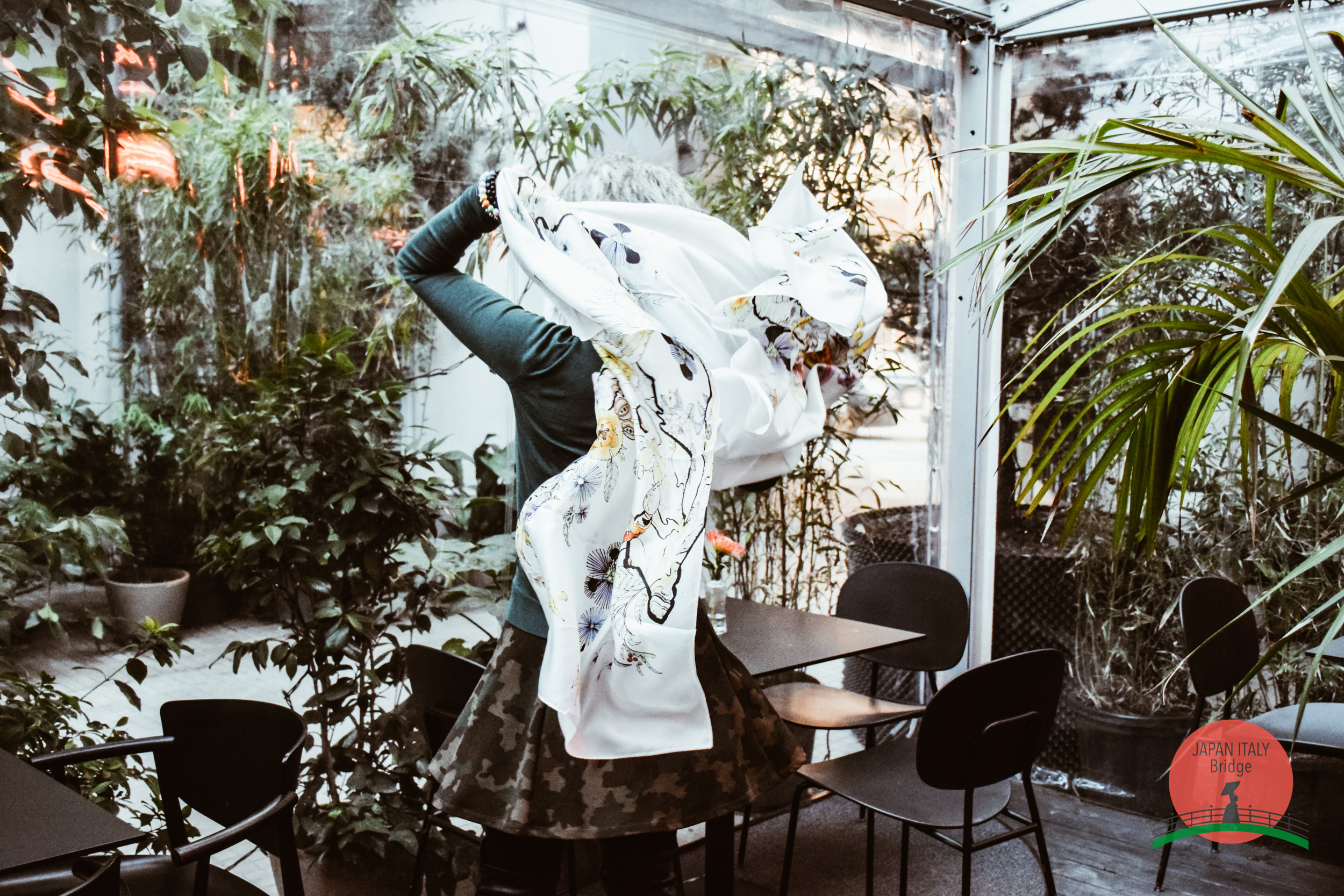
Saiei Orimono & Beyond Kimono
BEYOND KIMONO at the UNESCO headquarters informs us of the many compliments from the audience for the colours and texture of the fabrics. This shiny, subtle, firm and iridescent product is unique and manages to make you feel incredibly special. Many brands from all over the world have chosen this fabric for everyday clothing such as scarves.
For a practical example of the lightness of the fabric, President Yasuyuki Saito said that a normal wedding dress weighs more than 10 kg. The wedding dress that uses Fairy Feather silk weighs less than a tenth of 600 grams. Before making this special fabric, Saito's thought developed thanks to a designer, Yumi Katsura, who had worked on wedding dresses before. "I want to create a dress with which the bride can also dance at her wedding". This is where the thinnest silk in the world comes in! This thought gave birth to the beauty and lightness that marry and rests gently and elegantly on you.
Due to the earthquake in the Tohoku region, the company also suffered from logistic disruptions. The difficulties they faced were many, but they also have an even greater desire for rebirth. In fact, the Fairy Feather dress was completed the year after the earthquake, despite all the difficulties, always remaining in continuous development.
The desire for rebirth of this company is concentrated on the quality of this silk that you can all touch and wear now thanks to the Fukushima Mirai Project and to TENOHA &| SHOP, TENOHA Milano.
Ikariya Shoten with Ōborisoma-yaki
Let's move from clothing to traditional crafts used by the prefecture of Fukushima and beyond. With Ōborisoma-yaki we have ceramics that have cracks, double cooking and colour as main features. Also due to the 2011 earthquake, the evacuated companies have looked for various places to continue production, as a cooperative, continuing their work.
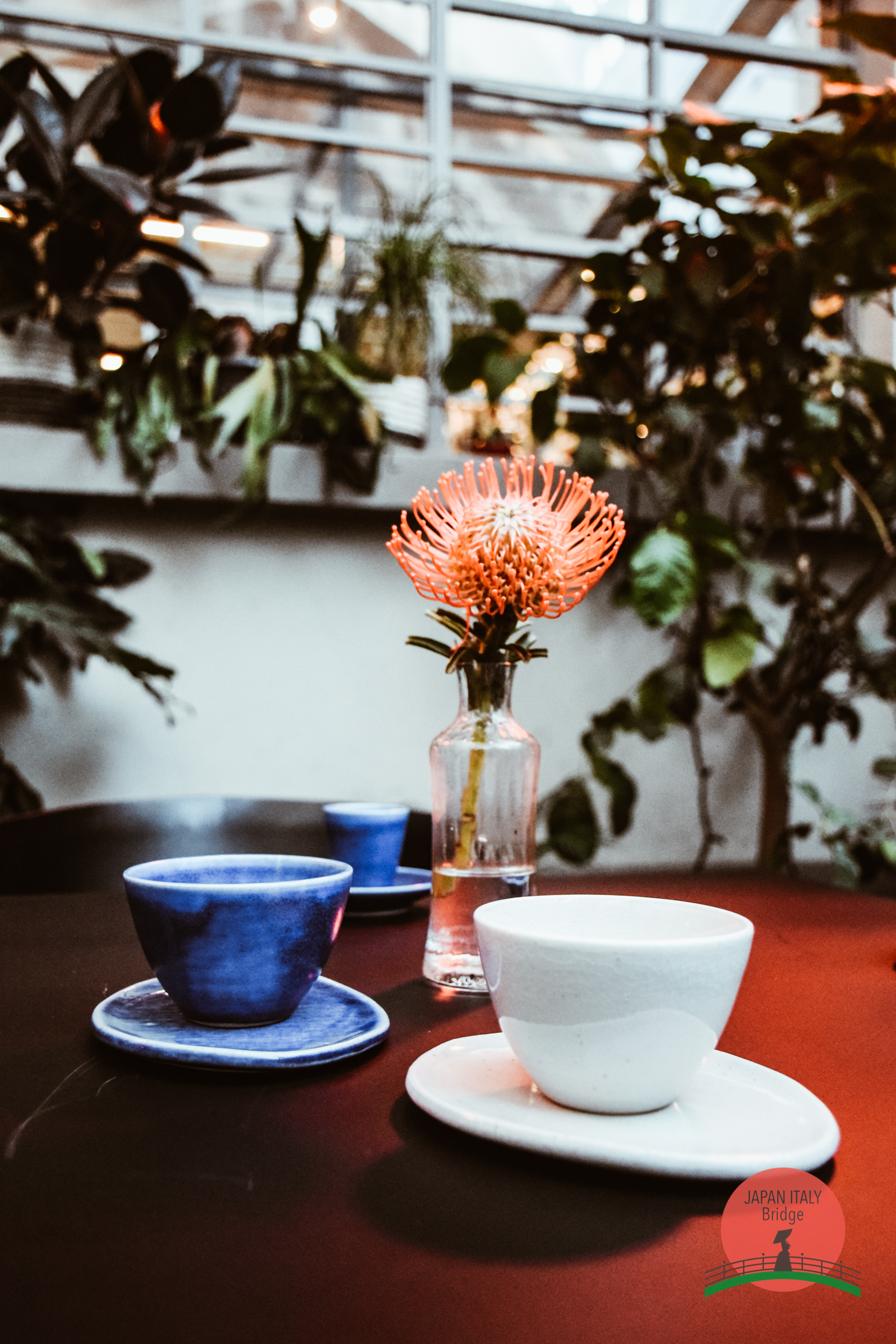
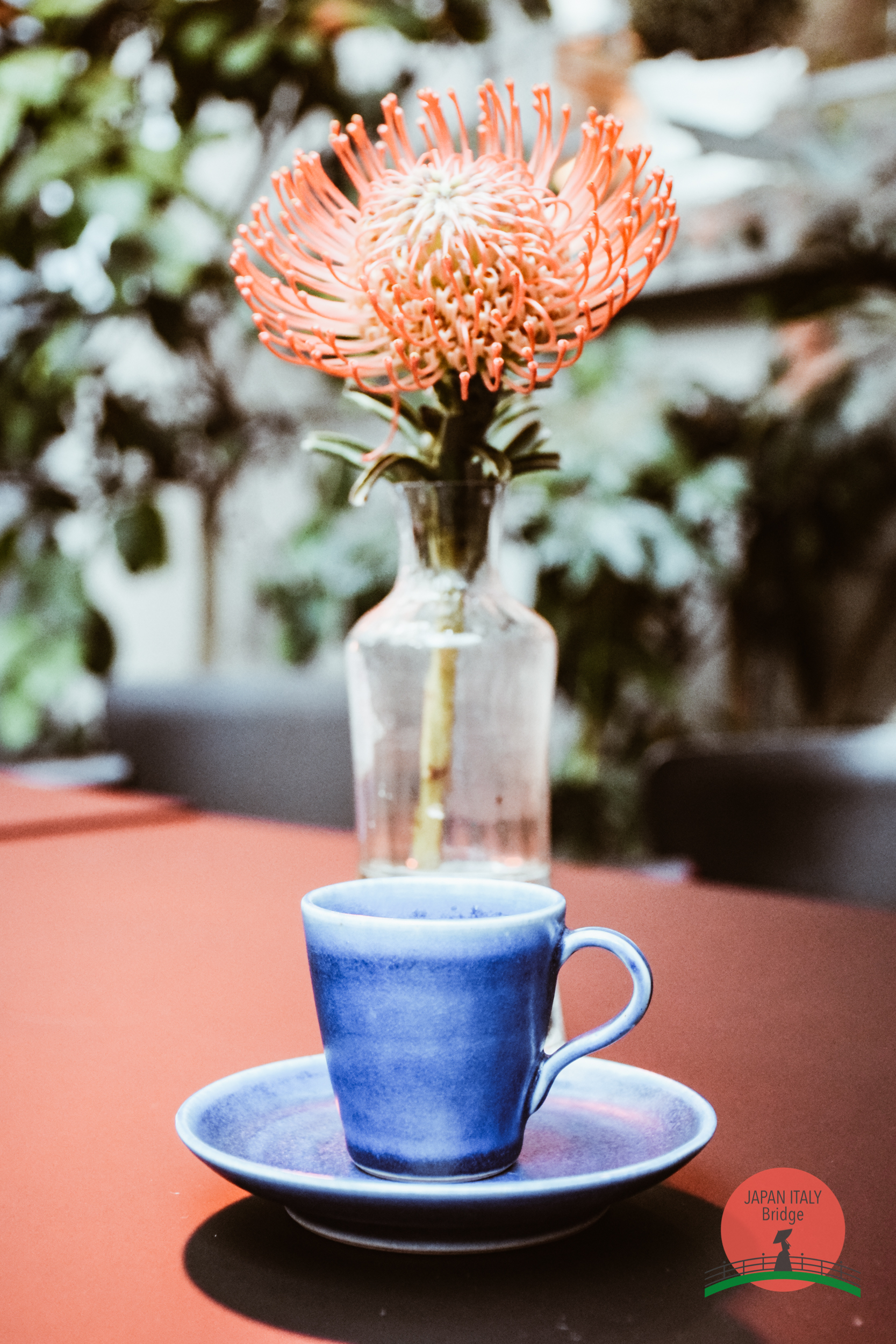

Ōborisomayaki is a term that indicates the pottery produced throughout the Ōbori area, in the cities of Namie and Futaba. We are talking about a ceramic with an important history behind it that even begins in the Edo period. In feudal society, it was called Soma, after which it became Ōborisoma-yaki. The production of this material had become a secondary activity for farmers. However, it became so important that it reached 100 production ovens at the end of the Edo period, spreading from the island of Hokkaido to the entire Kanto area.
Ōborisoma-yaki and the Meiji era
In the Meiji era, after the war, the production centre increased dramatically. The market from Japan also spread to the United States under the name of "Idea Cup" and "Double Cup".
The Tokyo Electric Company's Fukushima Daiichi nuclear accident in March 2011 forced all residents of the city of Namie to evacuate until the end of March 2017. Instead, the Ōbori area where Ōborisoma pottery was produced, was and still is inaccessible.
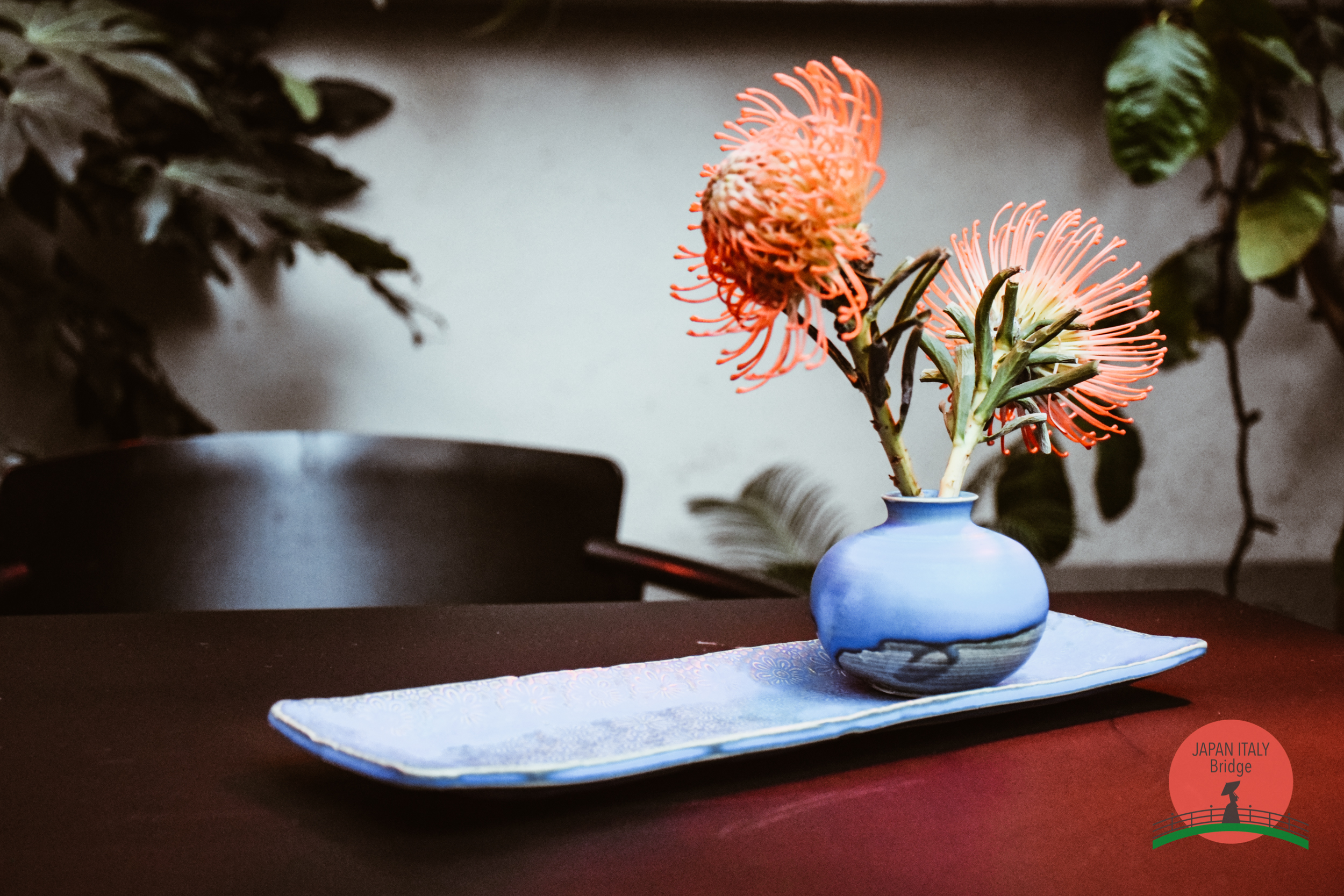
Obviously, all this did not deter the Ōborisoma-yaki Cooperative which in 2012 created a temporary laboratory and an office in Nihonmatsu. Pottery lessons, exhibition and sale of products, workshops, common ovens for potters who wanted to go ahead with their activities were also born in this area.
Ordering Ōborisoma-yaki products, requests for exhibitions at ceramic events and classes are just some of the elements of rebirth we can witness. The works of Oborisoma-yaki are also here in TENOHA &| SHOP, TENOHA Milano, who proudly participated in the Fukushima Mirai Challenge project.
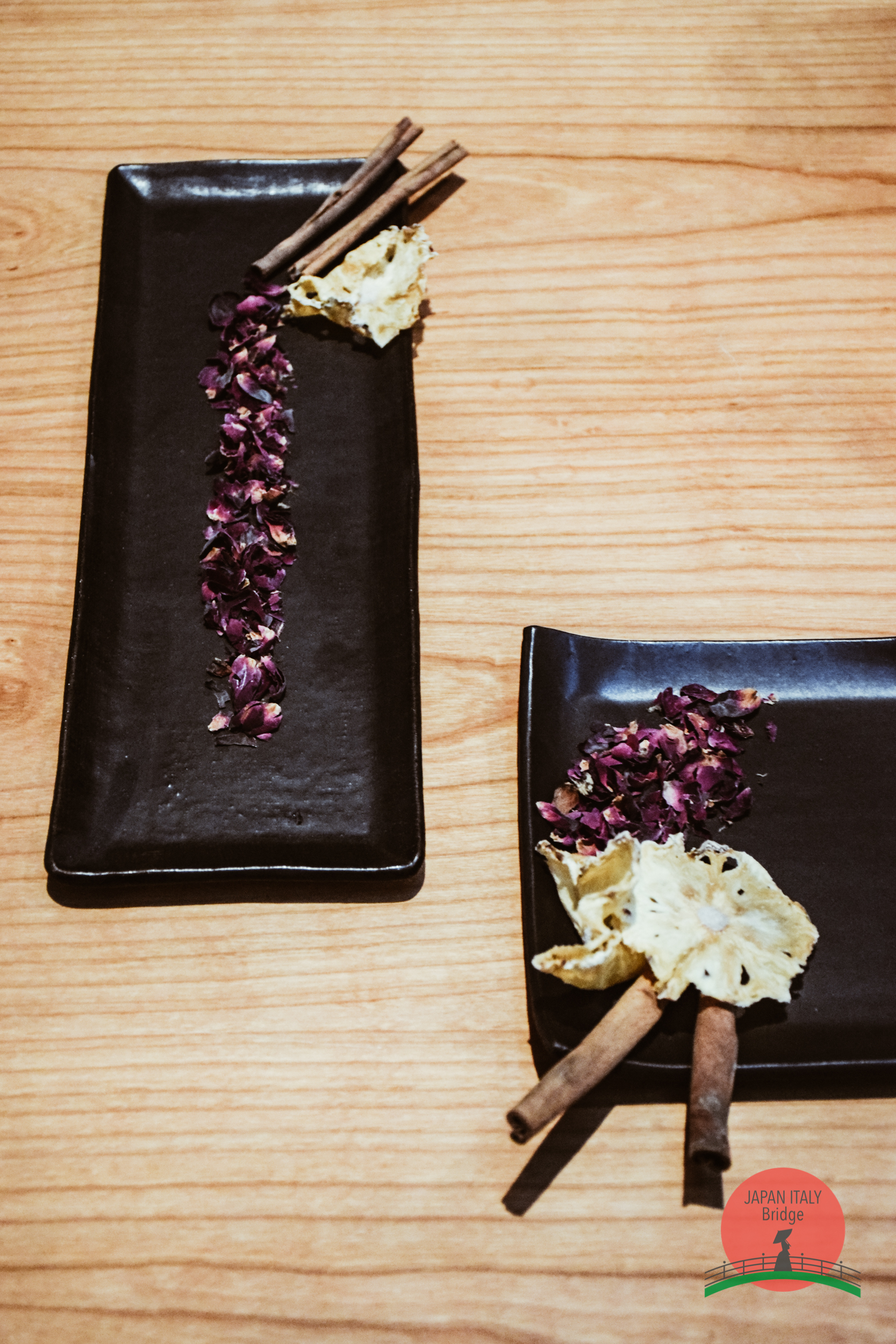
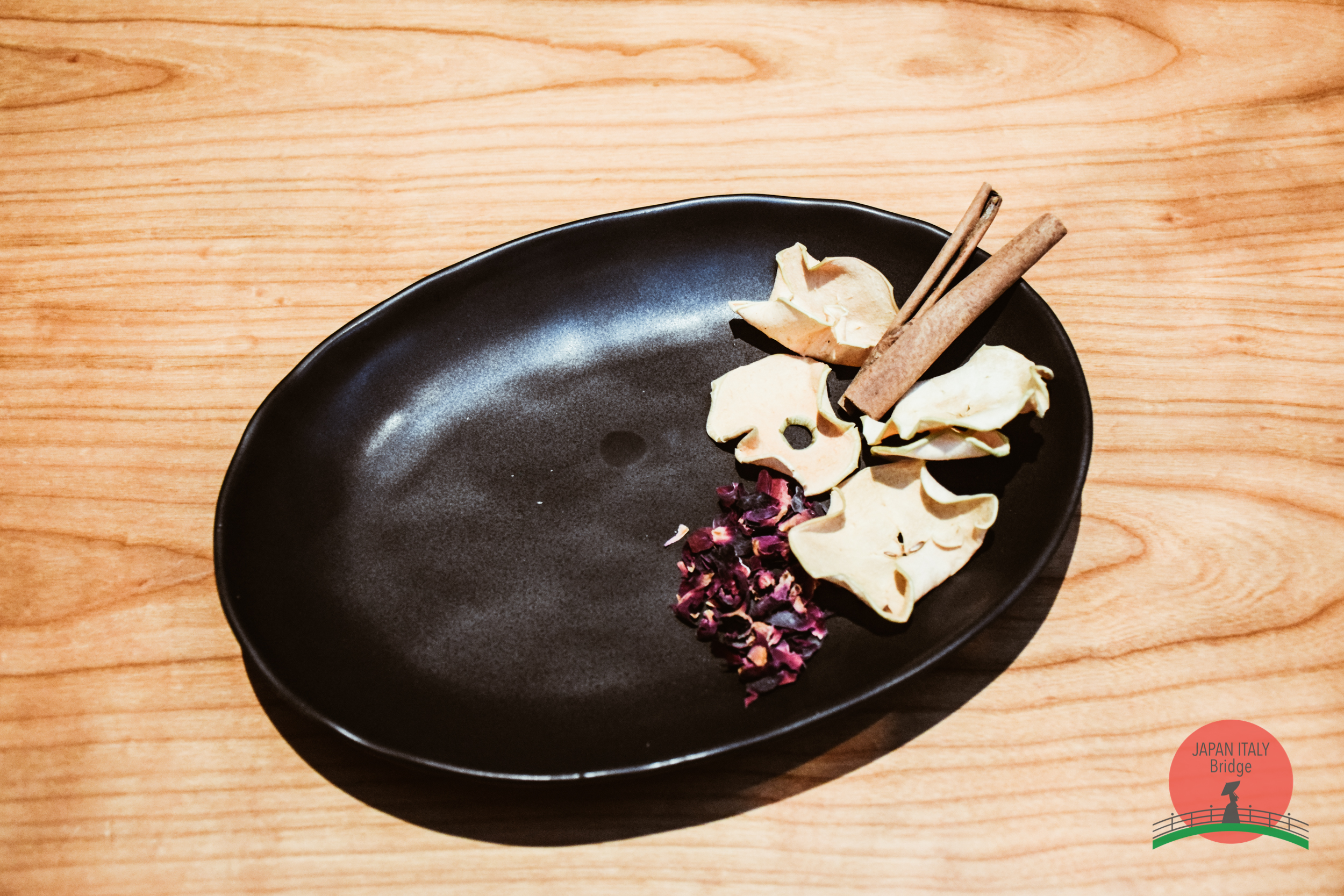
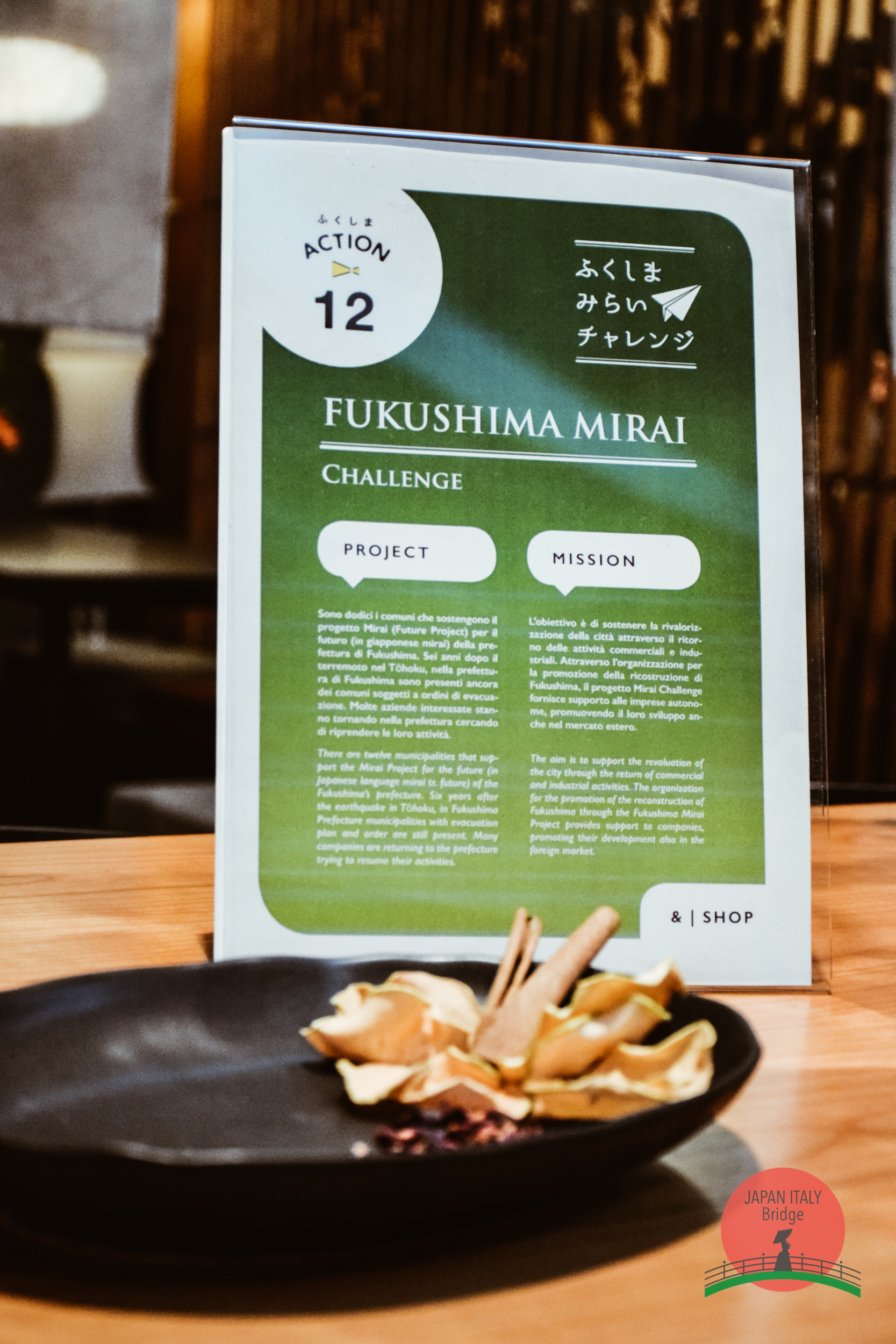
Fukushima Mirai Challenge, unique products
Fukushima Mirai Challenge is a project that not only gives us unique products but also supports an important story. Every product we wear or keep with us means rebirth. In fact, the thinnest silk in the world from Kawakama and the splendid Ōbori ceramics are only an important part of the future of Fukushima.
Do you want to touch the future yourself? Do you accept this important Challenge? We look forward to seeing you at TENOHA Milano for the entire month of February and remember that any purchase will go in favour of the government project to recover the disaster areas. Each of us can contribute to the rebirth of Fukushima and support this very important project, becoming an essential part of the future of Fukushima Mirai Challenge.
Official Website | Facebook page
TENOHA &| TASTE: Chef Sawayama choices
In February there is a special menu that the great chef Sawayama chose for TENOHA Milano. Japan lovers and not, the festivities in TENOHA never end! This is an opportunity that you absolutely cannot miss. We are talking about a special menu, chosen by a great Japanese chef with dishes that you won't find easily. As we have often said, you don't need to fly to Japan to taste something special, without a plane, just with the subway, the car or the bicycle and you are in TENOHA Milano!
As you well know, TENOHA Milano has accustomed you very well to traditional and special dishes already with the famous HAKKEN menu. Well, now chef Sawayama wants to surprise you again with a new menu chosen by him, only in February. Let's take a look.
LUNCH SET

CURRY - 16€
Japanese curry is dreamy, here we find it with beef, vegetables, rice salad and kobachi.
DINNER
APPETIZERS
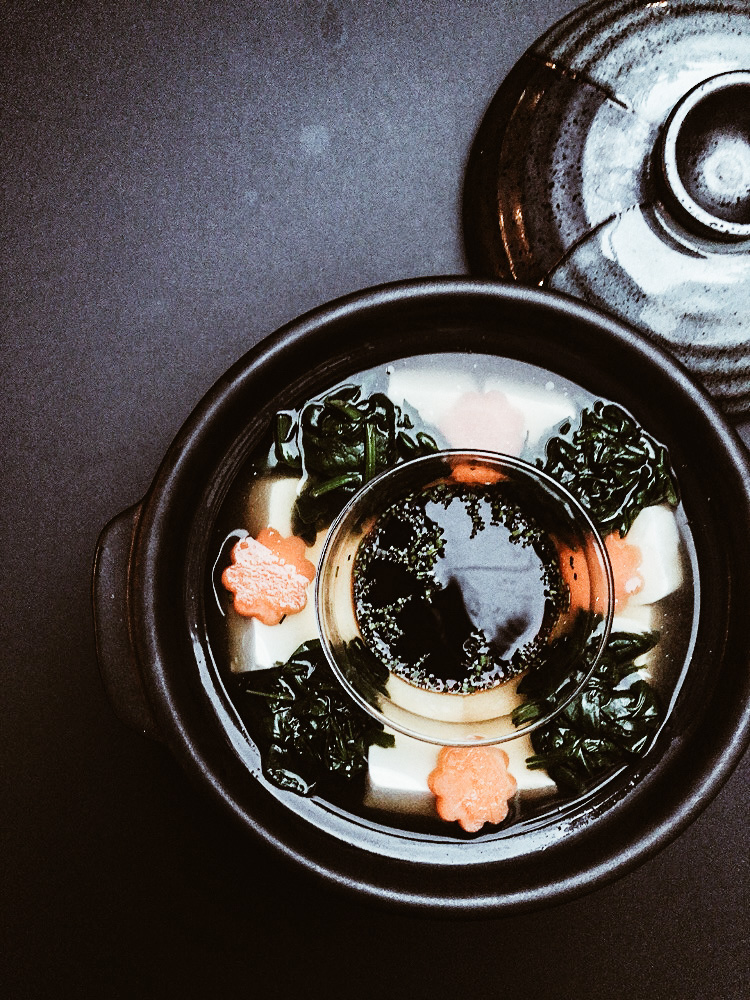
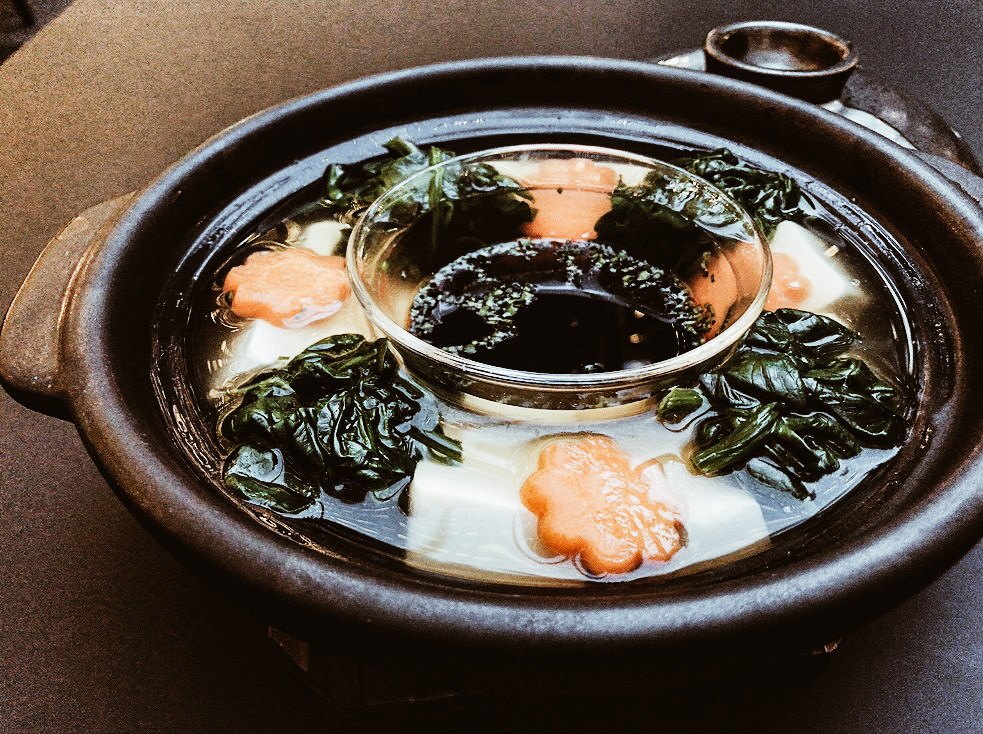
YU DOFU - 12€
Chef Sawayama wants you to taste the tofu in hot kombu seaweed broth, spicy toubanjang sauce and soy sauce with vegetables. If you don't know what we are talking about, let yourself be tempted by this unique appetizer.
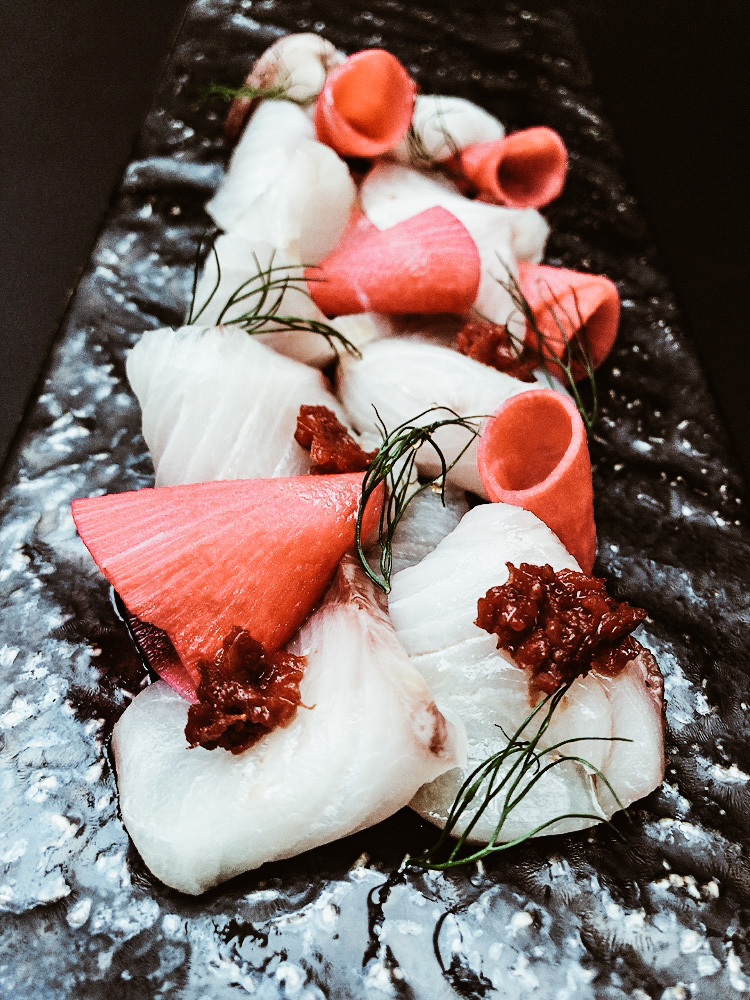
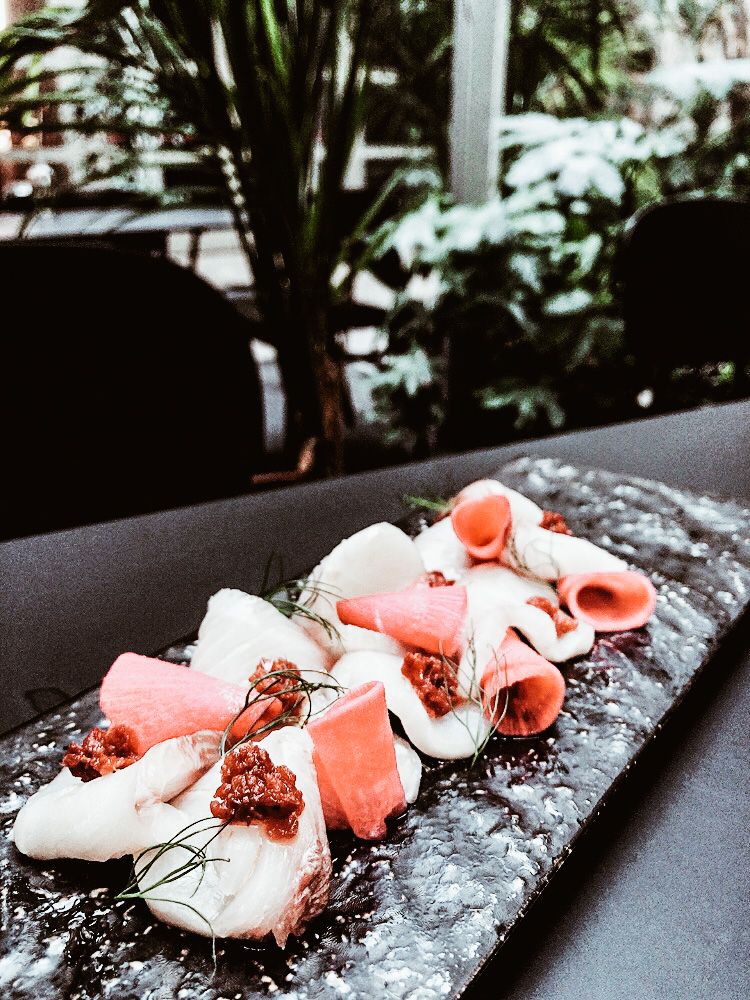
CARPACCIO - 12€
As you can see in the photo, it is not only a delicious but also a wonderful to see dish, as they say, Instagram ready. Amberjack carpaccio in dried tomato sauce served with marinated red daikon and dill.
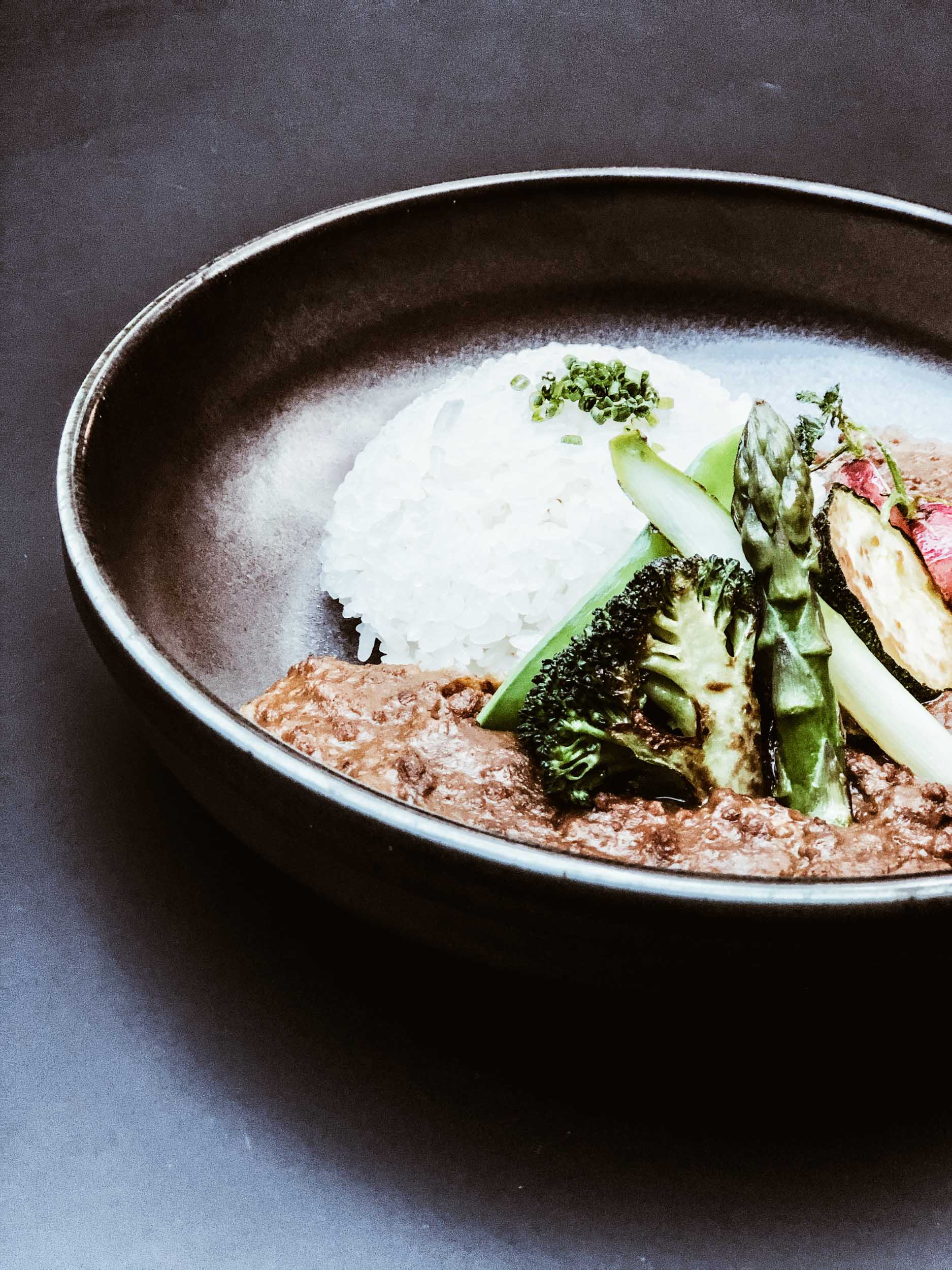
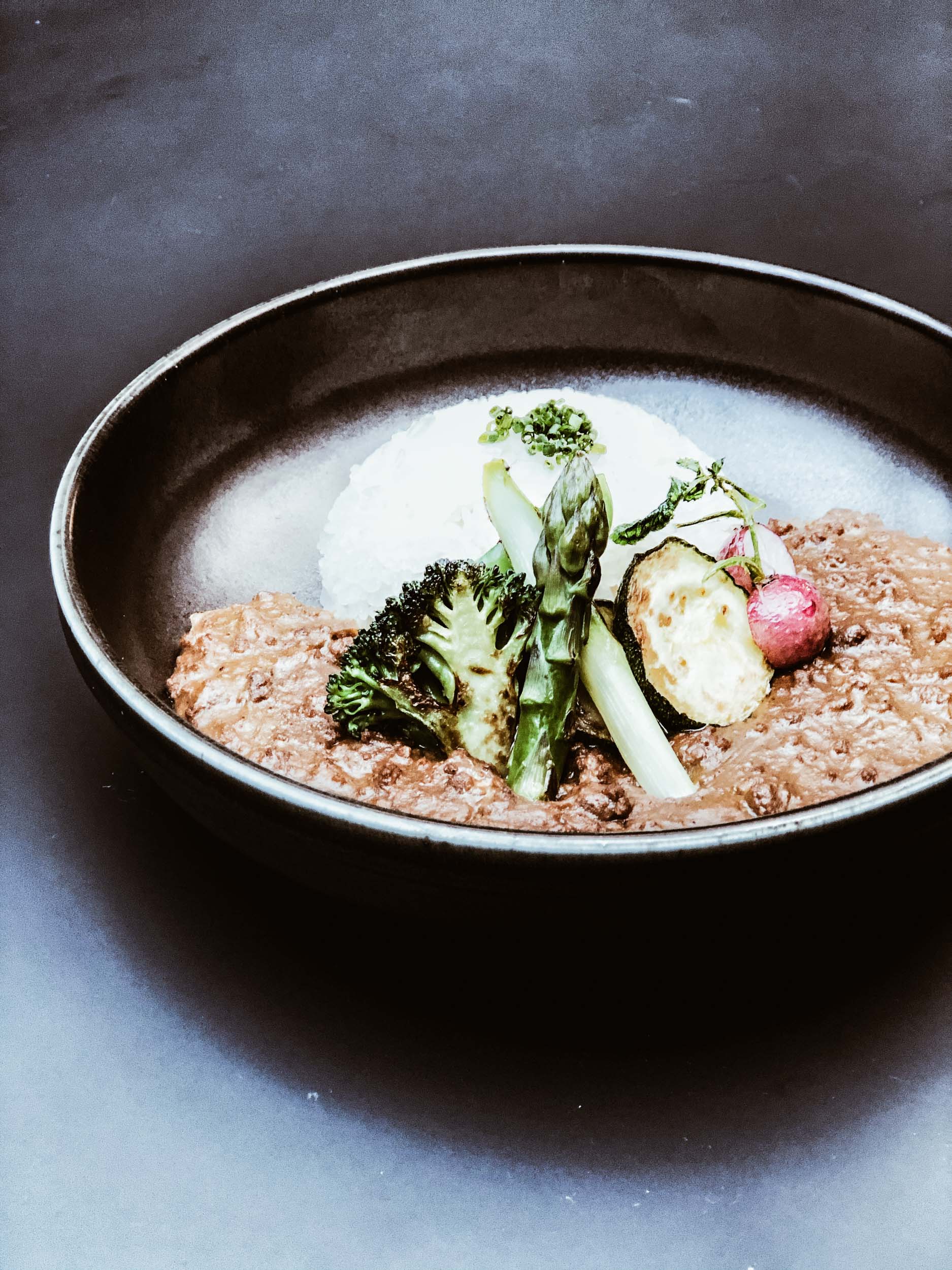
MAIN CURRY - 16€
Even in the evening, you can enjoy Japanese beef and vegetable curry served with rice.
Don't miss the chance and don't miss any of the choices because this menu will only be available in February, so hurry up. We are all waiting for you here at TENOHA Milano.
Further information: https://www.tenoha.it/
TENOHA MILANO — Via Vigevano, 18, 20144 Milano








